The AMD Radeon R9 390 is one step further into the realms of the higher end graphics, where it shares the playing field with the GTX 970, the GTX 980, and of course its bigger brother – the R9 390X. Released last year’s June, it is set to go head to head with the GTX 970, possibly beating the crap out of it at higher resolutions with its 8GB VRAM which on paper, should sound great.
The card we got here is a non reference factory overclocked variant of the R9 390, dubbed as the ASUS R9 390 STRIX 8GB. This card has a 1050 MHz core clock that could go up to 1070 MHz in OC mode – but still, it features a 1500 MHz memory clock to go with the immense amount of VRAM. At 350 USD, or at around 17, 500 Pesos local market price, this should be on the league of the venerable factory overclocked GTX 970 cards out there.
FEATURES & SPECIFICATIONS:
The AMD Radeon R9 390 is essentially the step down model of the R9 390X with less stream processors, less compute units, but with the same 8GB VRAM and 256-bit memory bus. AMD stated that these cards based on the Granada GPUs are for 4K gaming, but in reality you require at least the top end graphics for the best possible 4K experience.
The AMD Radeon R9 390 features most of what AMD has to offer, and that includes VSR or Virtual Super Resolution, the AMD FreeSync Technology, LiquidVR, FRTC or Frame Rate Target Control, and many more. There are no crossfire fingers on this model so you could just slap 2 R9 390 graphics cards and get away with it without the shabby looking crossfire bridges.
THE ASUS RADEON R9 390 STRIX 8GB:
The card comes in a standard issued ASUS STRIX branded packaging that consists of a color box, and a thicker inner cardboard box. There isn’t much to say, but we’re happy to report that the packaging kept the card well protect from external elements – thus proved itself to be a worthy vessel of the ASUS R9 390 STRIX.
Bundle includes a software DVD, a quick installation guide, a STRIX case badge, as well as a 6 + 6-Pin to 8-Pin power connector. An average bundle of accessories and paper works which we do not intend to scrutinize.
The ASUS R9 390X STRIX is a beautiful representation of what a triple fan graphics card should look at, although it’s quite a beast on its own when it comes to weight which is at around 1.8 Kilograms. As far as length goes, it’s beastly as well – with 11.8″ total length from end to end. The size is almost comparable to my ZOTAC GTX 980 Ti, and thus cards such as these requires a good case to support them.
The R9 390 STRIX has a brushed aluminum back plate that runs from the card’s end to end, accompanied by a STRIX branding and hexagonal array of ventilation holes which is most probably for style rather than function. A side plate is also installed to keep the card from sagging into oblivion.
The graphics card is rated to consume power at load around the 275W mark, and thus a combination of 6 + 8-Pin power connectors are required. Together with the PCI-E slot, the card could theoretically take 300W of power which is acceptable for this configuration. The card also features an LED enhanced side plate for the STRIX branding.
The ASUS R9 390 STRIX features 3 regular size DisplayPorts, together with a single DVI port and an HDMI port. Most high resolution displays are using DisplayPorts, especially FreeSync enabled ones so it’s just proper to go with this standard.
TEST SYSTEM & SPECIFICATIONS:
Graphics cards are no strangers in our labs, but providing a precise result usually needs a lot of time and effort on our end. Helping us to do those things are hardware and software based measurement tools, an updated copy of Windows 7 Ultimate x64 SP1 for the OS, and wide selection of the popular games that most probably, will sate your appetite. The BIOS/UEFI, Chipset, and Video Card drivers of the test system will be updated too, as much as possible every review. Power Options is set to balanced, and AMD / Nvidia specific features are disabled.
No third party background softwares should be executed while the benchmarks are on going unless it is needed or stated. As for the gaming benchmarks alone, tests should include 720P (1280 x 720), 1080p (1920 x 1080), 1440p (2560 x 1440), and 4K UHD (3840 x 2160) resolution results if permitted by the games, and benchmarking tools, or if necessary to the hardware being tested.
| TEST SYSTEM SPECIFICATIONS | ||
| CPU | INTEL CORE I5 4670K | |
| MOTHERBOARD | ASUS Z97-PRO WIFI AC | |
| CPU COOLER | COOLER MASTER SEIDON 120XL | |
| MEMORY | CORSAIR VENGEANCE PRO @2133 MHZ 16GB | |
| GRAPHICS CARD | ASUS R9 380X STRIX 4GB | |
| INT. STORAGE | KINGSTON HYPERX FURY SSD 240GB | |
| PSU | BITFENIX FURY 650G 650W | |
| DISPLAY | 27″ DELL U2715H WQHD IPS PANEL | |
| OS | MICROSOFT WINDOWS 7 ULTIMATE X64 SP1 (UPDATED) | |
| SOUND CARD | REALTEK ALC1150 | |
| EXT. STORAGE | 2TB WESTERN DIGITAL MY PASSPORT | |
We are supposed to test this card under 4K UHD, but alas it wont enable scaling past QHD+ so we’re scraping the idea anyway.
HOW WE TEST: AVERAGE FRAMES PER SECOND & 1% MINIMUM
For refreshment purposes, let us talk for a moment about FPS or Frames Per Second. Also known as Frame Rate, FPS is the general unit of which we measure a graphics card’s performance. Generally, the higher value, the smoother the gameplay should be, since higher FPS means higher frames are rendered each second, except when high latency between frames are present (See Frame Time Variance). Please do note that Resolution and in-game settings has a huge effect in any system’s frame rate. Better yet, check out the difference of 30 and 60 FPS HERE & ON THIS LINK.
Frames Per Second will be recorded by FRAPS in game using a linear gameplay method at each titles for consistency. Results will include the Average FPS and 1% Minimum FPS – The most important things to check out in any FPS related results. The 1% Minimum FPS is an important addition because it represents the negative spikes in FPS in-game which is sufficient enough for a gamer to notice.
HOW WE TEST: FRAME TIME VARIANCE & 99TH PERCENTILE
Frame Time Analysis is another thing worth diving into when it comes to testing games with GPUs, as FPS alone wont directly measure the smoothness of a game. Basically, what we are looking for here are the variances (in ms) between frames rendered inside a second and consistency between them is the key to a smooth gameplay experience. What we want to see are nice graphs of the Frame Times from start to finish, with little variances (less spikes) between each. Spikes from the graphs represents that it took more than enough time for a frame to render, and this is not bad if it’s not happening every now and then. Here’s a sample below using our Nvidia GeForce GTX 780 Ti:
Another thing worth noting is the 99th Percentile Frame Time Variance which is basically the lowest Frame Time you should expect 99% of the time. Here’s an example below from the same results we gathered above:
Based on the results above, you should expect the Nvidia GeForce GTX 780 Ti to render frames faster than 21 ms 99% of the time at the Dragon Age: Inquisition. On our 1440P test above, that is already a good result.
AMD RADEON R9 390 COMPUTE PERFORMANCE:
3DMARK (2013) is a multi-platform benchmarking tool from FUTUREMARK, consisting of comprehensive tests that aims to gauge your gaming hardware. Fire Strike is our selected benchmark preset.
CINEBENCH R15 is a real-world cross-platform test suite that evaluates the computer’s performance capabilities. The OpenGL benchmark is selected for this test.
Kishonti’s CompuBench is an easy to use, no frills high performance suite of benchmarks. We selected the Face Detection & Vector Calculation tests as our benchmarks.
On our wave of synthetic benchmarks, the ASUS R9 390 STRIX is able to out perform the GTX 780 Ti with around 13-19% better performance at 3DMark 2013’s Fire Strike benchmark, while it’s able to maintain a lead at around 33-45% at COMPUBENCH’s selected compute tests.
AMD RADEON R9 390 GAMING PERFORMANCE:
Dragon Age: Inquisition an action role-playing video game developed by BioWare and published by Electronic Arts. It utilizes the Frosbite 3 Engine with the SpeedTree technology. VSync is turned off.
The Witcher 3: Wild Hunt is an action role-playing video game set in an open world environment, developed by Polish video game developer CD Projekt RED. Nvidia HairWorks is disabled, and VSync is off.
Battlefield 4 is one of EA & DICE‘s first person shooters utilizing the Frostbite 3 game engine. It features greater tessellation effects and destruction compared to its predecessor. VSync is turned off.
DOTA 2 is a Multiplayer Online Battle Arena (MOBA) video game developed by Valve and is the stand-alone sequel to the Warcraft III based Defense of the Ancients (DotA) mod. VSync is off, and we are using DOTA 2’s OpenGL Engine for the benchmark.
Counter-Strike: Global Offensive is a popular online tactical first-person shooter developed by Hidden Path Entertainment and Valve Corporation, utilizing the Source Engine. Vsync is off as well as FXAA.
The ASUS R9 390 STRIX pushes the limits of what the R9 390’s GPU could do, with a performance at the league of the upper tier GTX 970 graphics cards out in the market. The thing eats the GTX 780 Ti for breakfast, with enough horse power to stay ahead of the said graphics especially at 1440P.
AMD RADEON R9 390 FRAME TIME ANALYSIS & 99TH PERCENTILE:
Our game of choice when it comes to Frame Time Analysis is Dragon Age: Inquisition. It’s basically a finished game and works quite nice with AMD & Nvidia cards despite the branding with AMD’s Mantle.
The Frame Time Variance between each frames rendered are smooth enough with the ASUS R9 380X STRIX, and there hasn’t been any major anomalies between frames or skipping based on our analysis. Further more, the 99th Percentile, the card is expected to render frames below 17.6ms most of the time – which is more than enough to provide a smooth gaming experience.
AMD RADEON R9 390 OVERCLOCKING PERFORMANCE:
The ASUS R9 380X STRIX comes bundled with the GPU Tweak overclocking utility which enables the users to fine tune their graphics for better gaming, and even thermal performance. That said, the utility offers so much for the card to unleash its full performance. However, we decided to go with the MSI Afterburner overclocking utility for comparison, and consistency across the tested cards. You could however, download the ASUS GPU Tweak utility HERE.
The card easily clocks its core at 1136 MHz (+86 MHz), with an effective 1608 MHz memory clock (+162MHz) increase on the VRAM. That’s the farthest we could get this bad boy without throttling. We’re actually impressed that ASUS let us squeeze the power limit at 50% more, so there is no need to apply additional core voltage for the extra figures we got.
A 10.4% increase in performance can be seen on our Witcher 3 benchmark, with another increase on 3DMARK’s Fire Strike benchmark at 7.7%. The attained clock speeds aren’t spectacular, but nice results nonetheless.
AMD RADEON R9 390 THEORETICAL & IN-GAME TEMPERATURE:
FurMark is a very intensive OpenGL benchmark that uses fur rendering algorithms to measure the performance of the graphics card. It’s not the best tool to measure a graphics card’s horse power, but it excels at displaying the theoretical heat output of the card using its stress test feature. To record the GPU’s maximum temperatures, I will run Furmark’s Fur Rendering Burn-in Test, and let it run for 30 Minutes. The Witcher 3: Wild Hunt is our chosen game for this task, and we will gather our temperature results roaming Velen’s (No Man’s Land) outskirts. 15 minutes of hacking and slashing should be enough for our Witcher senses. As always, we keep the results consistent by keeping the ambient temperature checked at 27ºC.
The ASUS R9 390 STRIX, although already a non reference card, is hot. This is the bane of AMD graphics ever since the era of the HD 4000 Series, and it’s nostalgic to see that magical 90C up there. Like R9 290 nostalgic. That’s how it is. Even idling temperatures are shooting way around 50c mark. Nasty.
AMD RADEON R9 390 THEORETICAL & IN-GAME POWER CONSUMPTION:
We also check to see how the GPU impacts power consumption using FurMark. The system is left to idle for 30 minutes before readings are taken, and load data is taken 30 minutes while FurMark is running. The Witcher 3: Wild Hunt is our chosen game for this task, and we will gather our power consumption results roaming Velen’s (No Man’s Land) outskirts. 15 minutes of hacking and slashing should be enough for our Witcher senses. Power readings are taken for the entire system from the socket.
Power consumption isn’t also the strongest suit of the R9 390, with a chart topping gaming and stress testing load at around 400W. That’s even higher than the fastest card on the benchmark. If you want the card to feature better power output, you’d better turn Frame Rate Target Control at the AMD Radeon Crimson control panel, or have V-Sync enabled.
AMD RADEON R9 390 THEORETICAL & IN-GAME ACOUSTICS/NOISE:
Using FurMark, The Witcher 3: Wild Hunt, and our handy Sound Level Meter, we will take sound level measurements while the system is idling and at load. Our rooms ambient noise levels are around 37 dBA (-1/+1) which is somewhat between a quiet library and a public library. Refer to the chart below for comparison.
The cooling solution dictates a card’s cooling & noise levels, and sometimes it breaks a consumer’s purchase if the card is proven to be noisy. This isn’t a problem with the ASUS R9 390 STRIX, featuring average acoustics across gaming and heavy benchmark loads with a maximum of 47dBA noise output together with our system. It’s audible, but not as loud as a blower.
THE VERDICT:
The ASUS Radeon R9 390 STRIX 8GB is an absolute beast, tearing up what had been the fruits of labor of my GTX 780 Ti. The R9 390 is destined to fight the GTX 970, which is undoubtedly a slower card than the GTX 780 Ti so the R9 390 is definitely faster and it’s not an arbitrary decision for us to tell so. Of course, factory overclocked results should differ.
Build quality speaks very much of ASUS with the R9 390 STRIX. It’s oozing with aluminum goodness that only a few could match. Suffice to say that it is a proper R9 390 when it comes to this area, and we really like the addition of a LED lit branding at the side. A thing to note though is the card’s total length. At 11.8 Inches, the card is almost as long as our GTX 980 Ti, which means that case selection is important. That said, cooling should also be considered, as you’d want a case with great airflow to at least minimize the effect of the card’s temperature levels. Even the Silverstone FT02 with 3 180mm fans blowing in cool air isn’t enough to tame down the card’s temperature ceiling. This could be easily mitigated though with a customized fan curve but of course, that means more noise.
The ASUS R9 390 STRIX 8GB is a fantastic card regardless of the cons it posses, simply for the fact that its performance below the 350 USD price point is nothing to poke fun at. At the Philippines though, it faces stiff competition with a local pricing at 17, 500 Pesos (375 USD), so you better weigh in the choices you’ll make whether to go in with a GTX 970 for less heat and power consumption or for an absolute beast in terms of gaming performance. This of course could also change should the R9 390 hits all time low when Polaris hits the market sometime this year.
|
THE VERDICT |
PROS:
|
CONS:
|
ASUS R9 390 STRIX 8GB
-
PERFORMANCE - 9/10
9/10
-
BUILD QUALITY - 9/10
9/10
-
FEATURES - 8/10
8/10
-
AESTHETICS - 9/10
9/10
-
VALUE - 8/10
8/10
Summary
The ASUS R9 390 STRIX 8GB is a fantastic card regardless of the cons it posses, simply for the fact that its performance below the 350 USD price point is nothing to poke fun at.
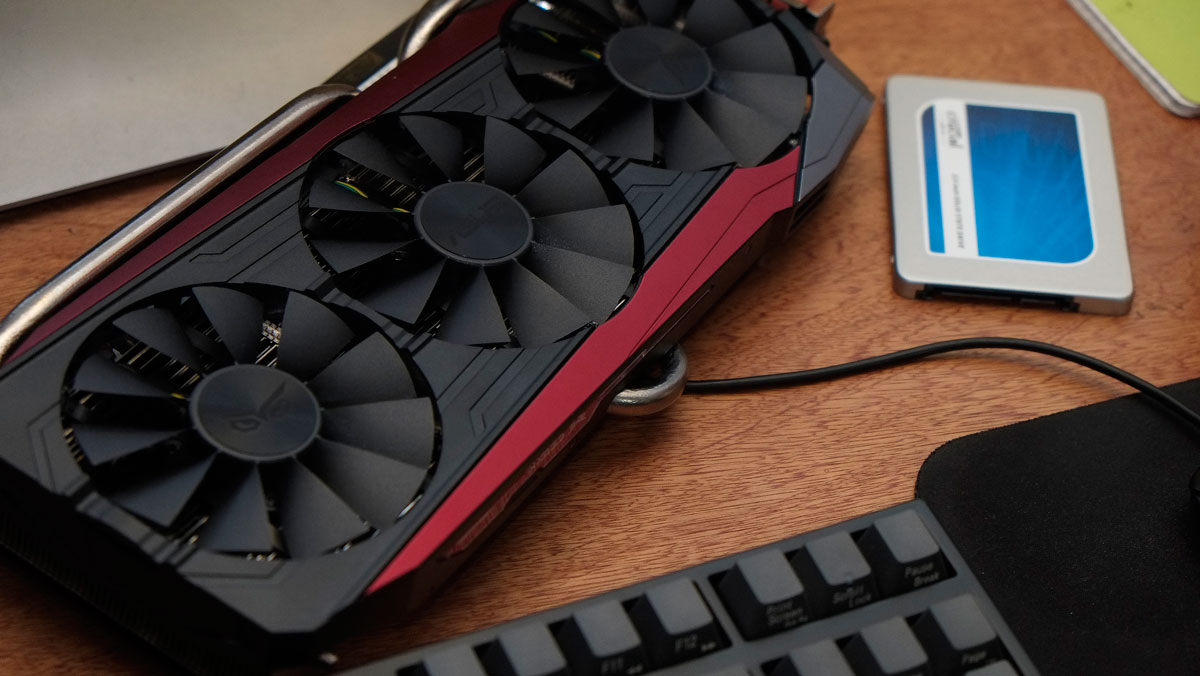
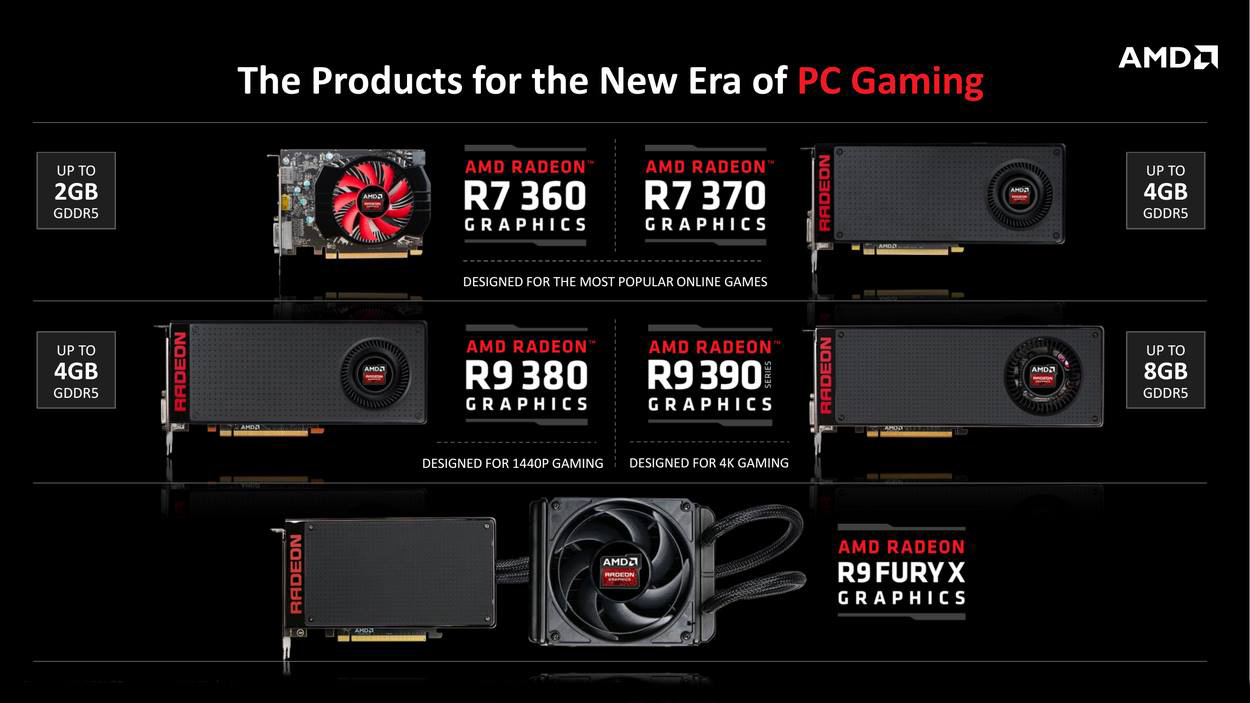
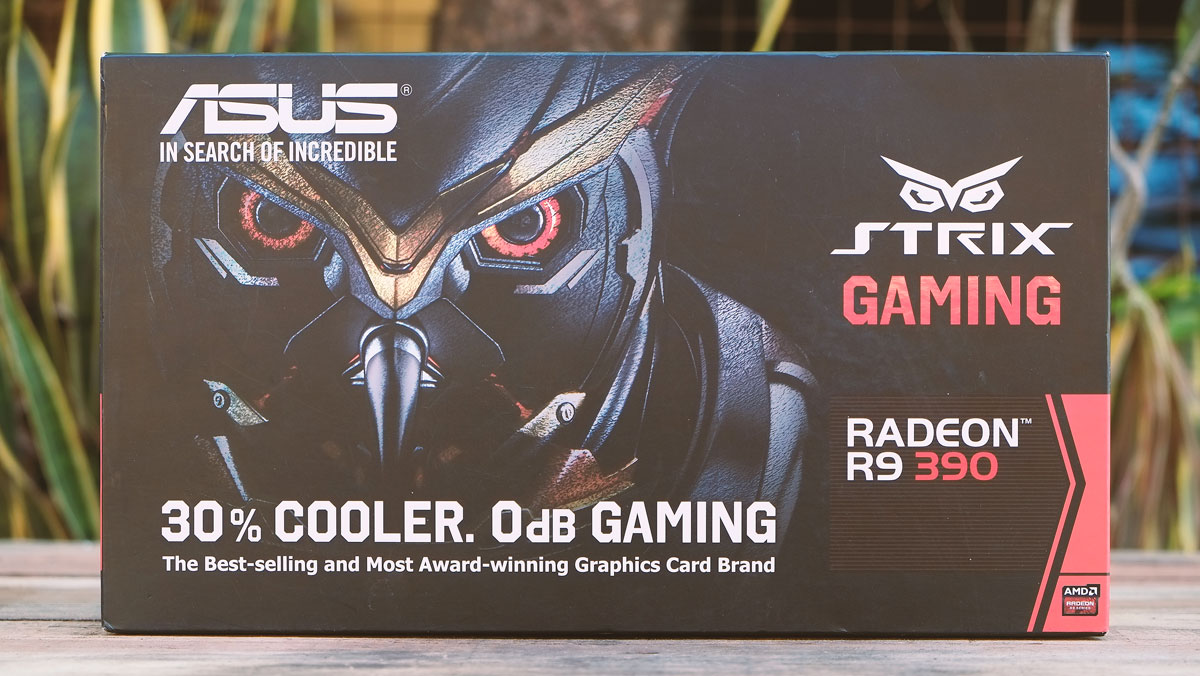
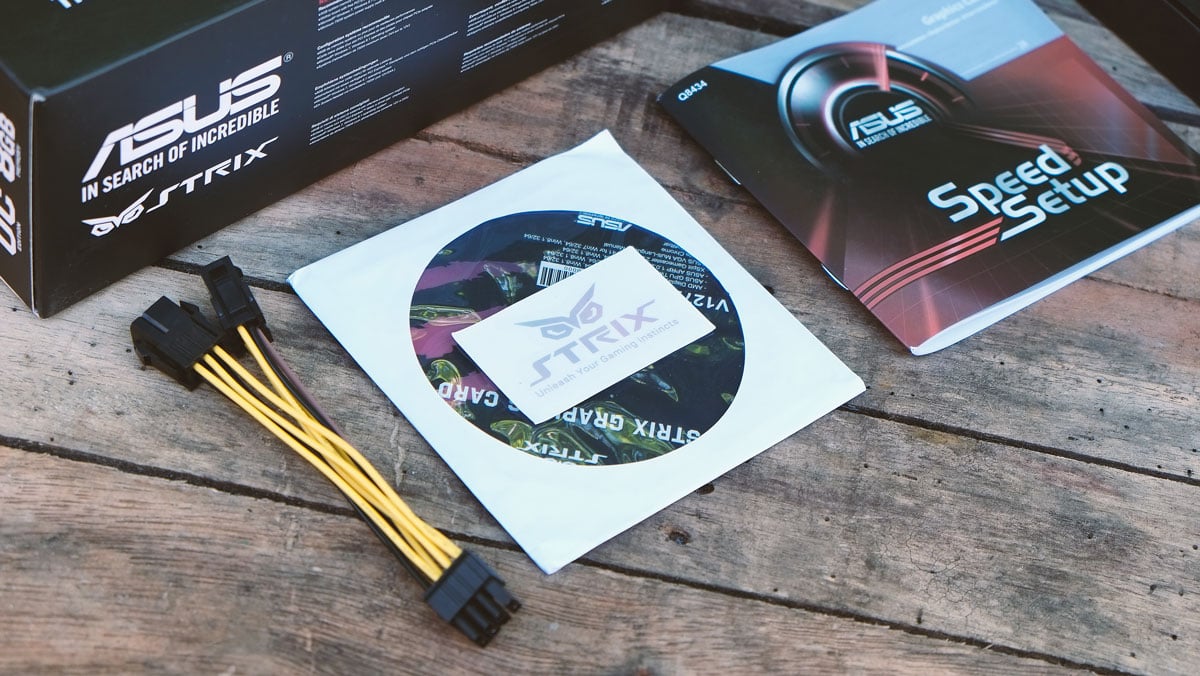
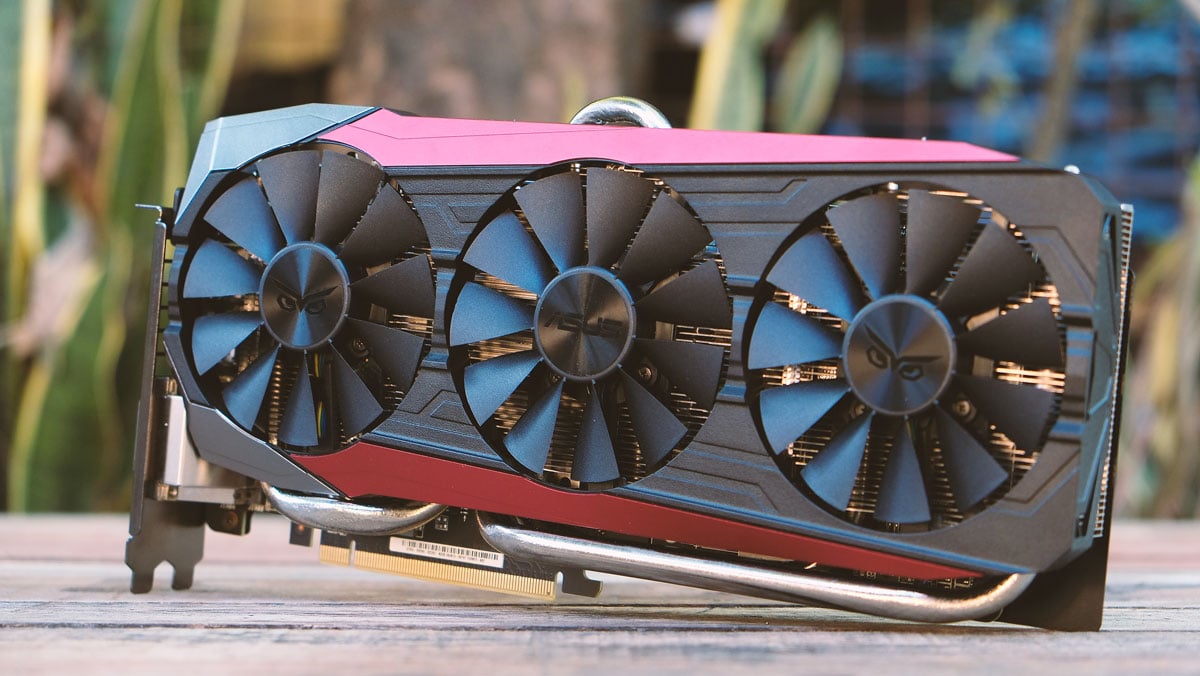
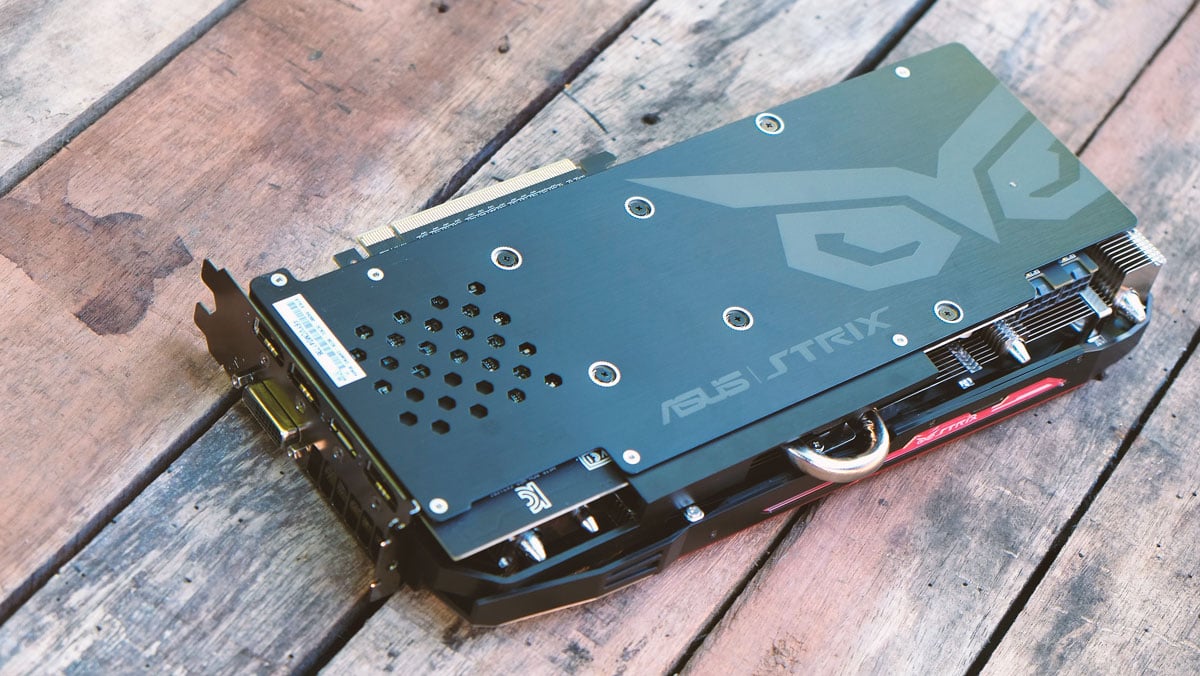
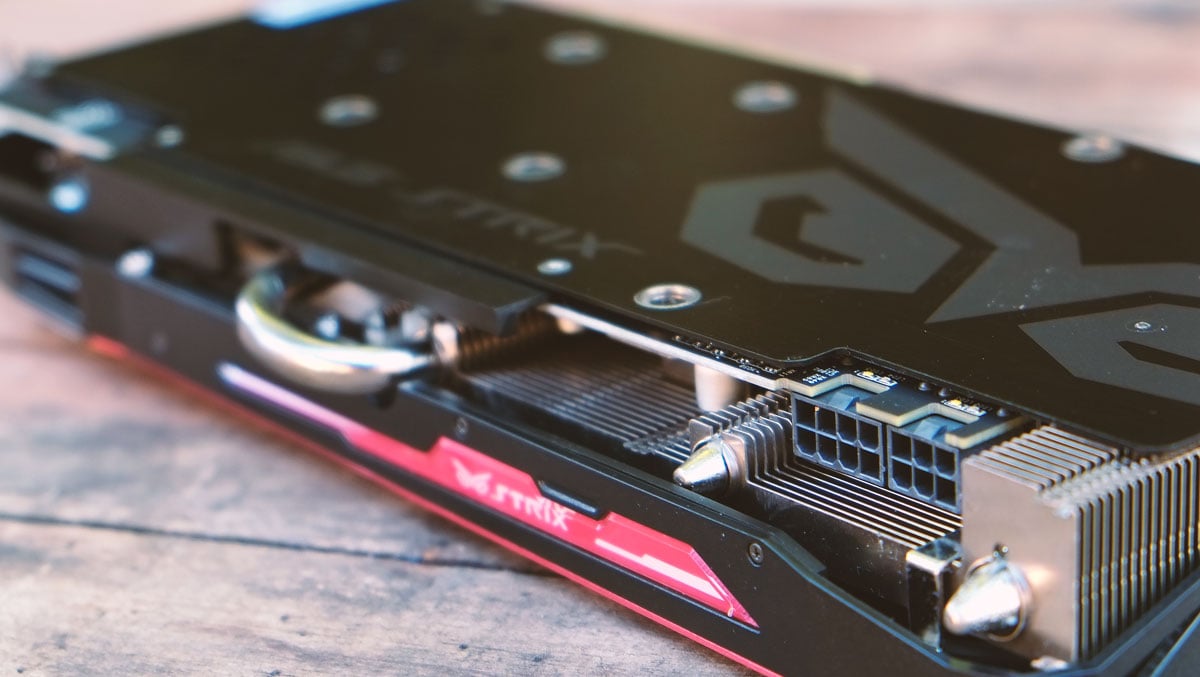
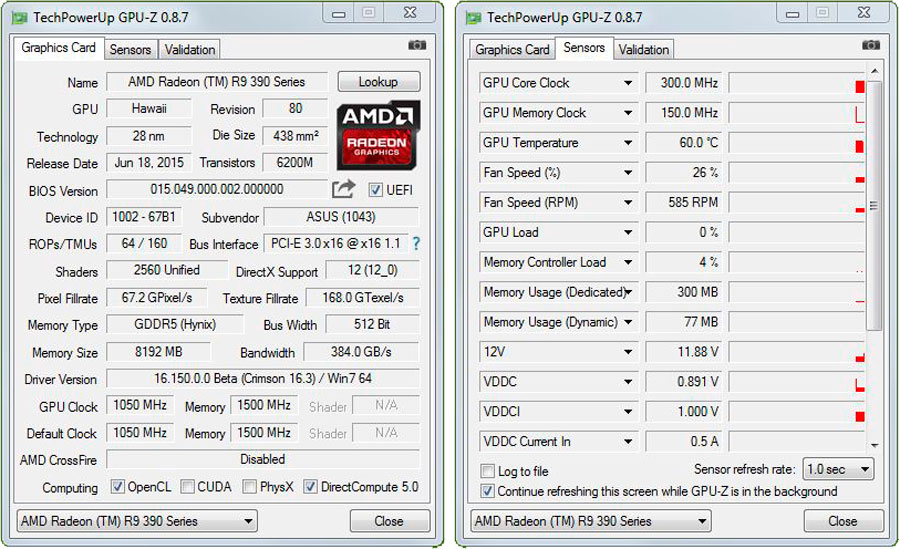
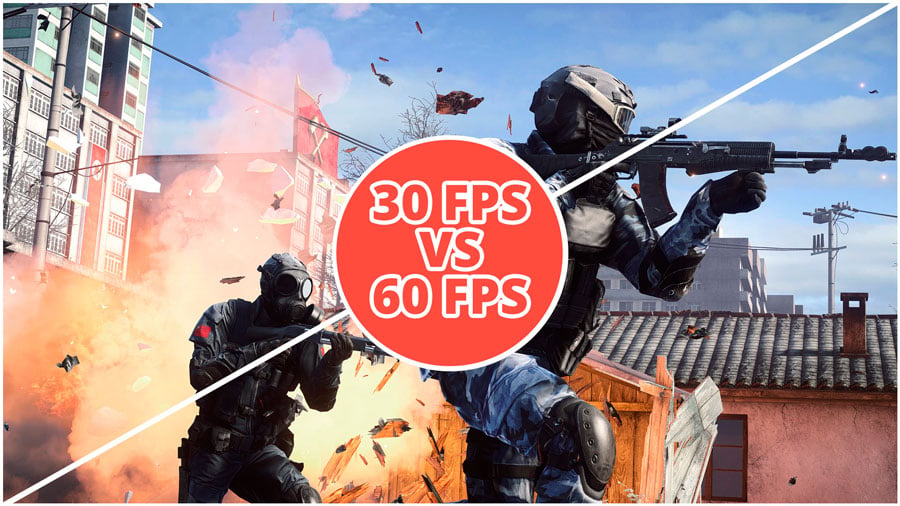
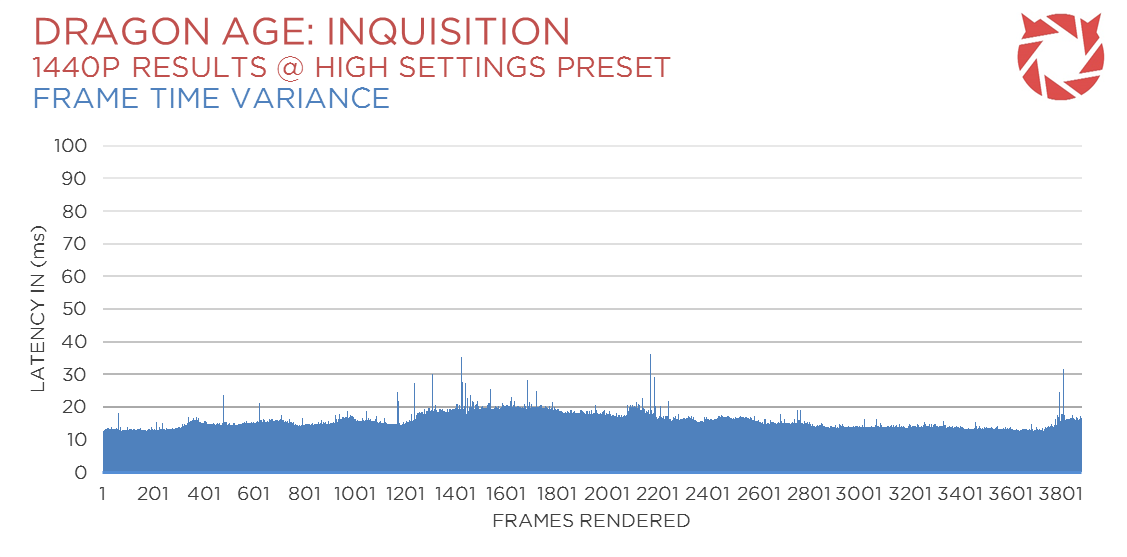
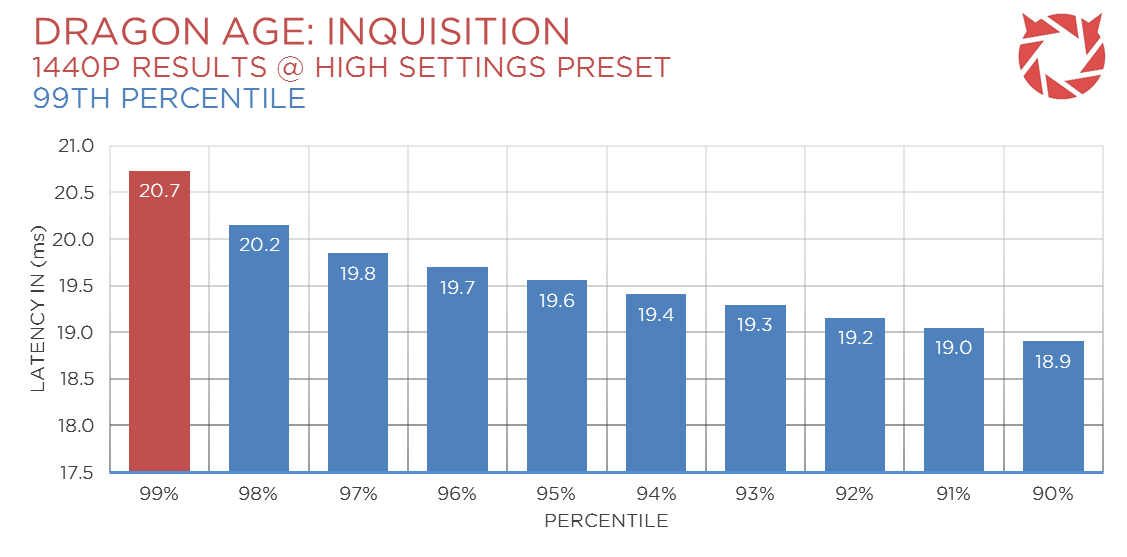
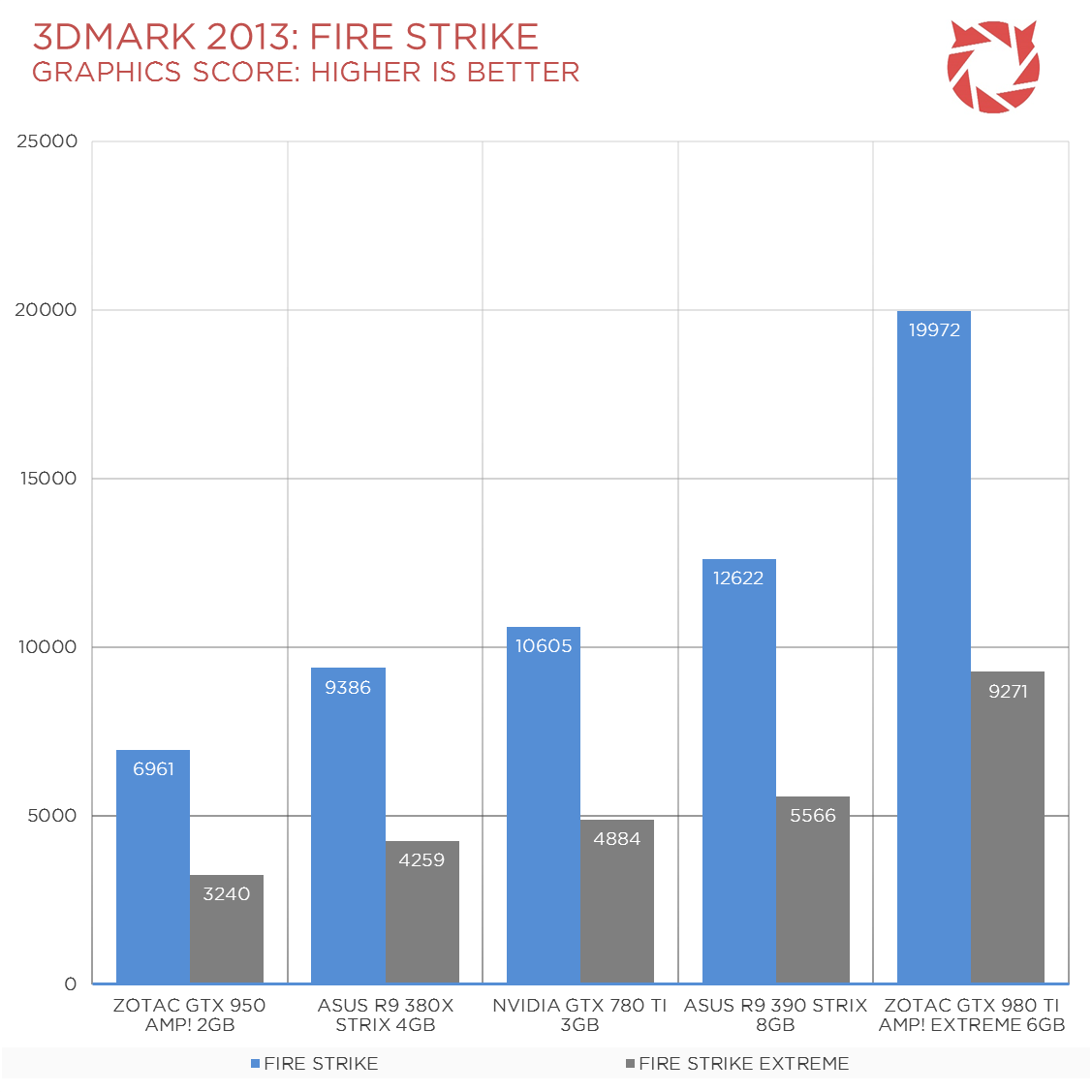
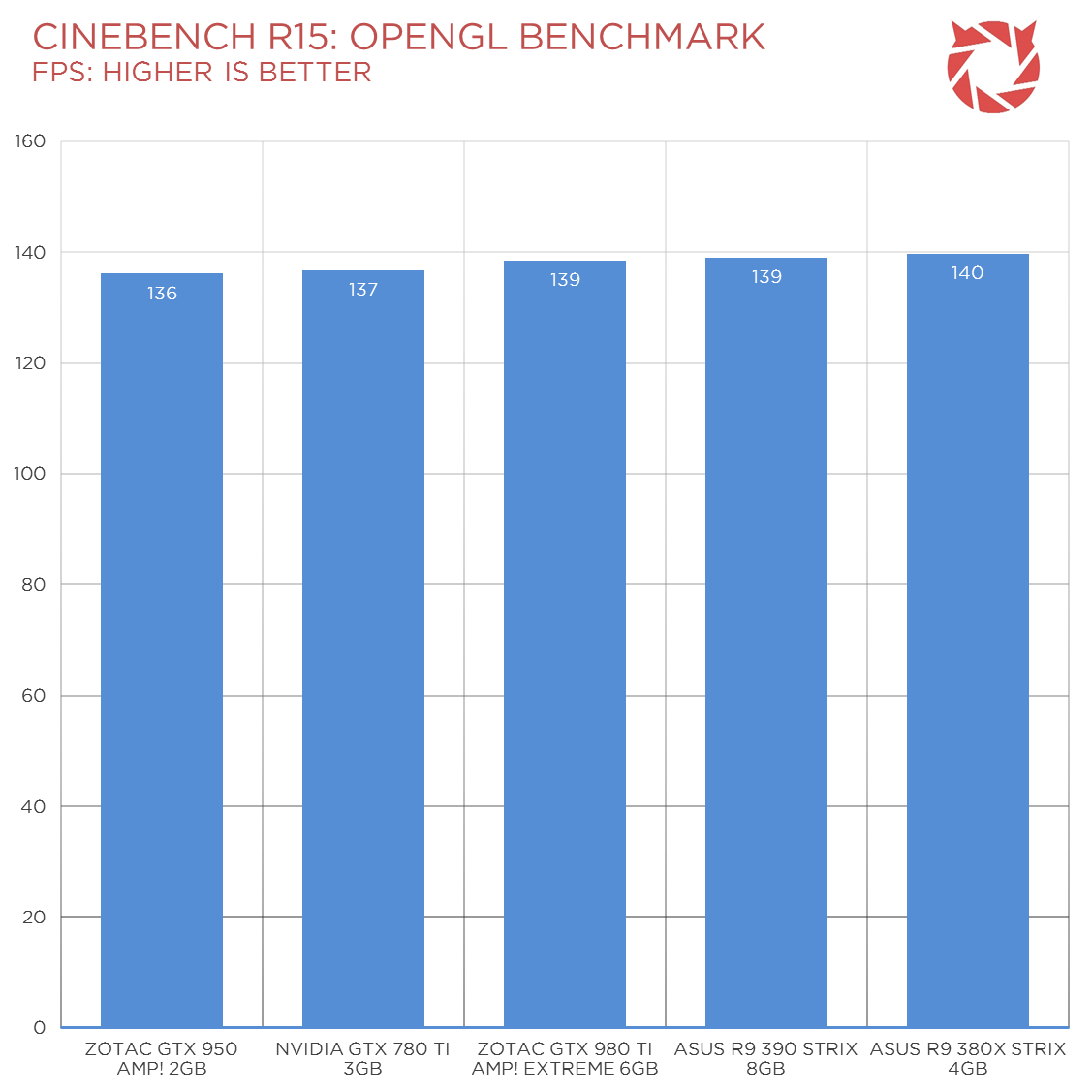
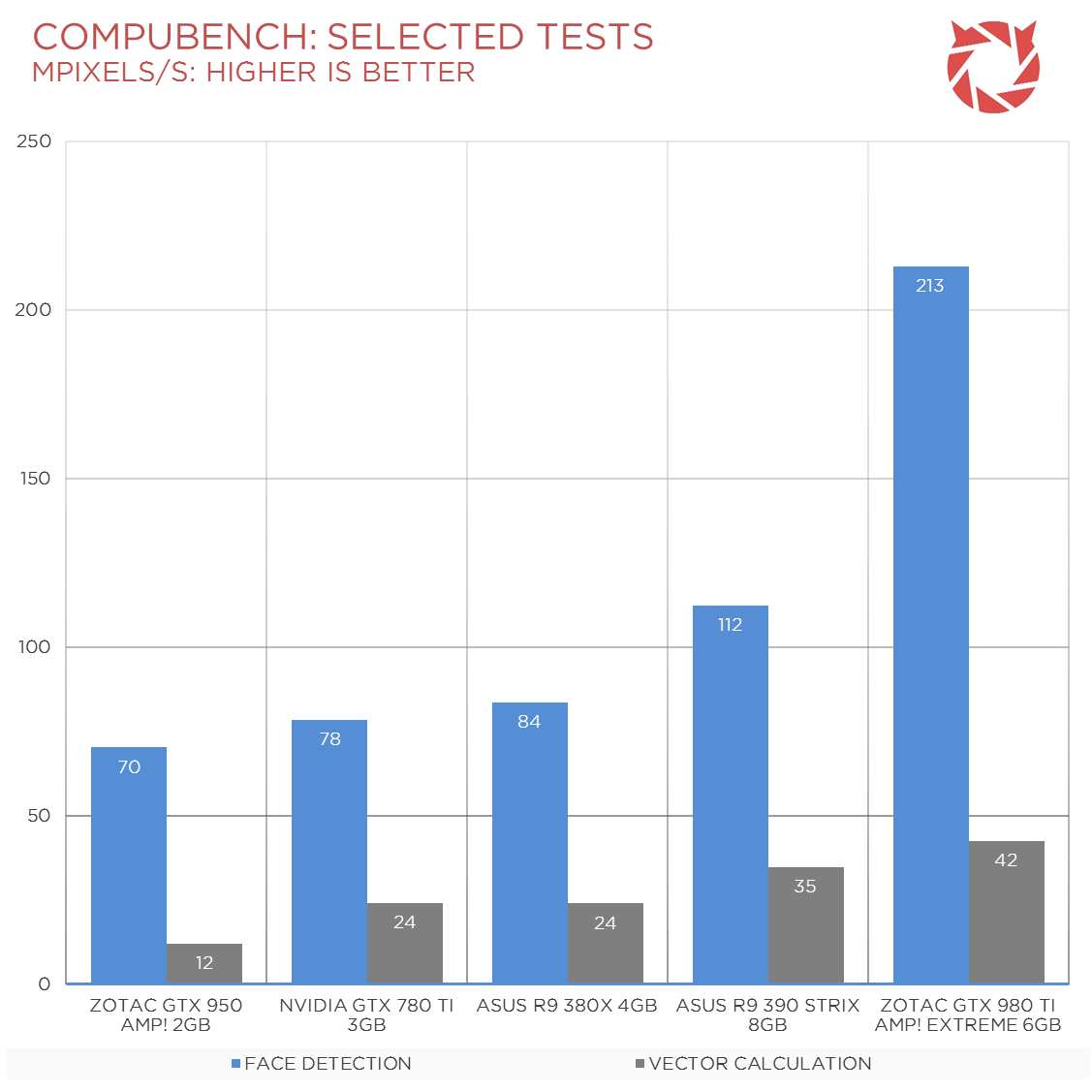
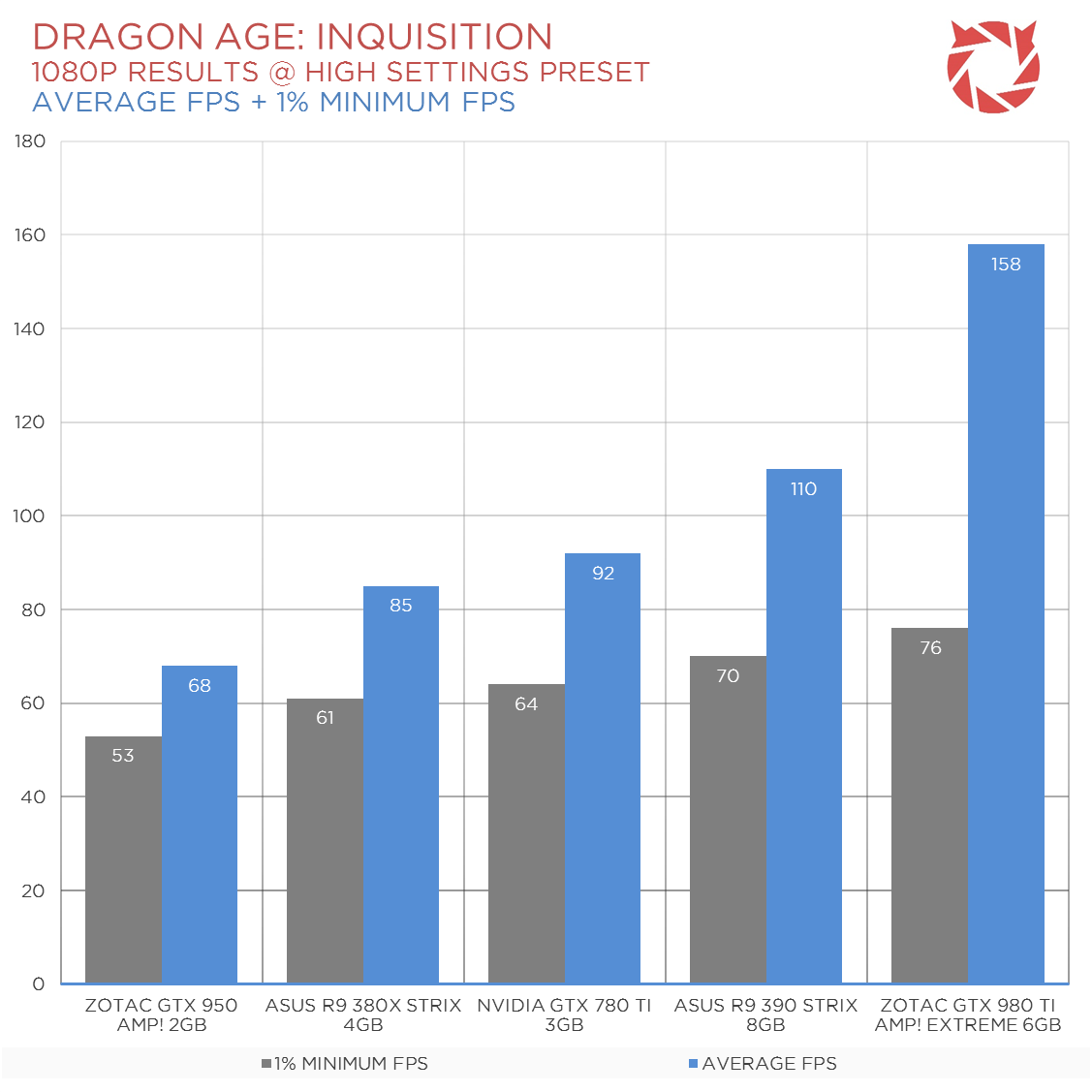
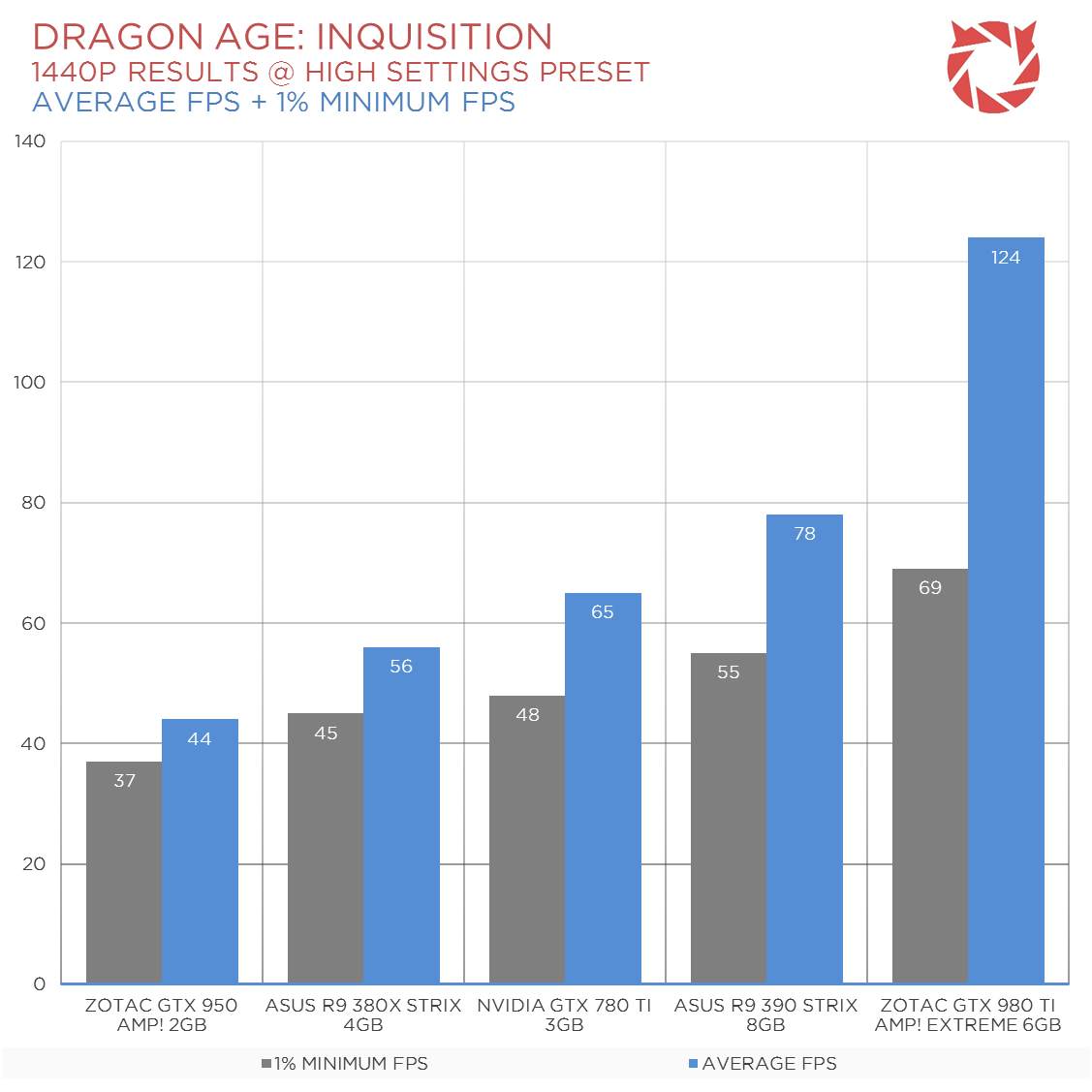
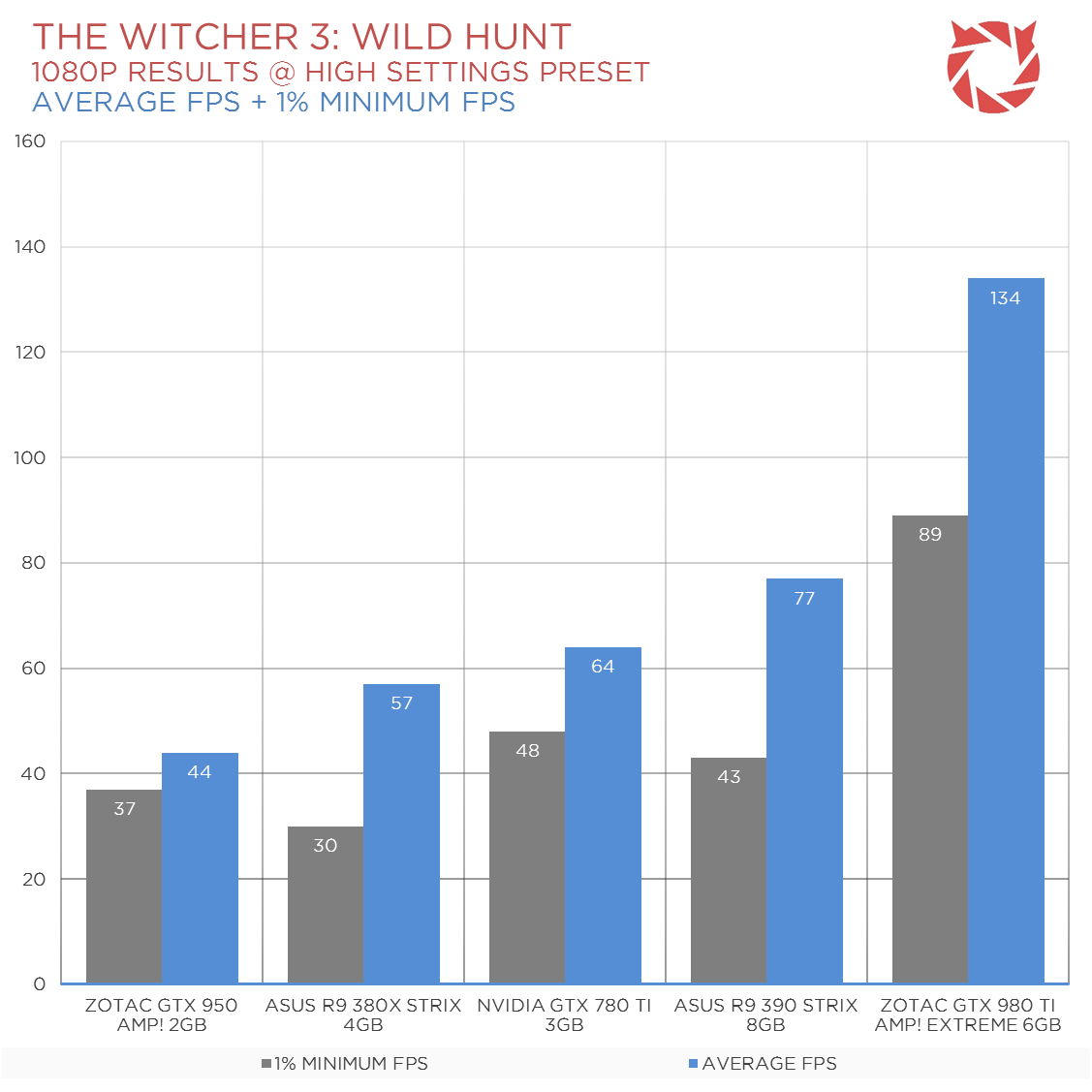
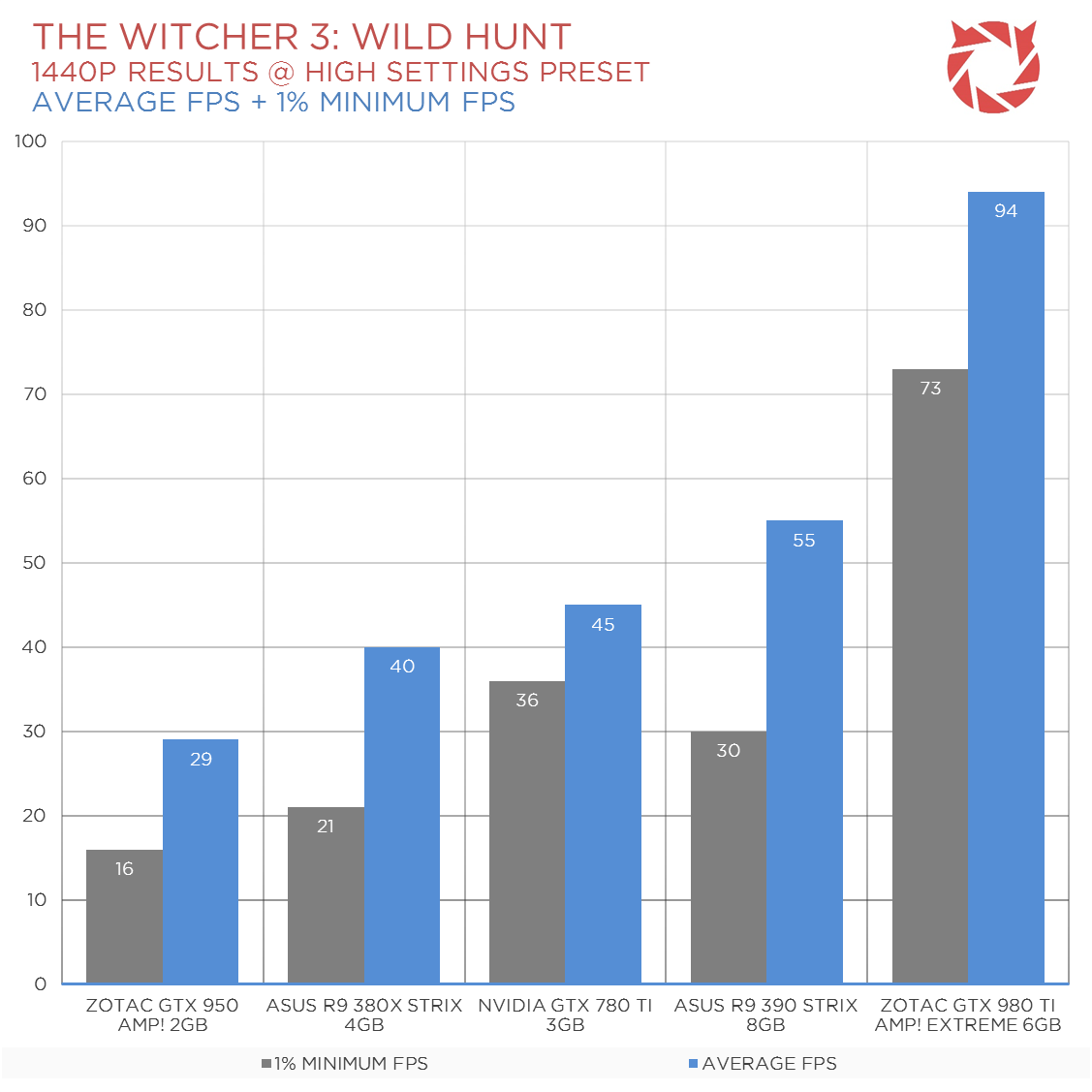
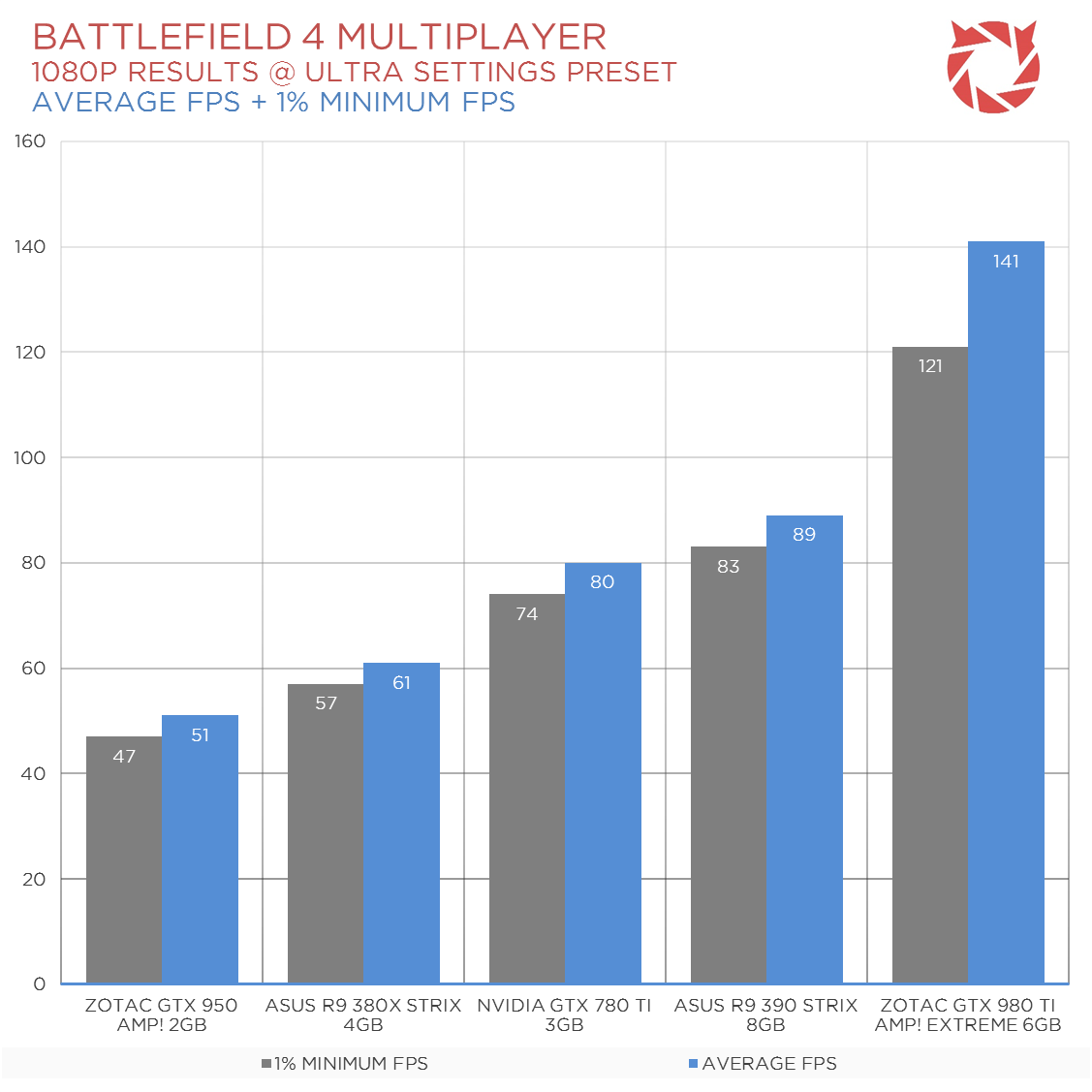
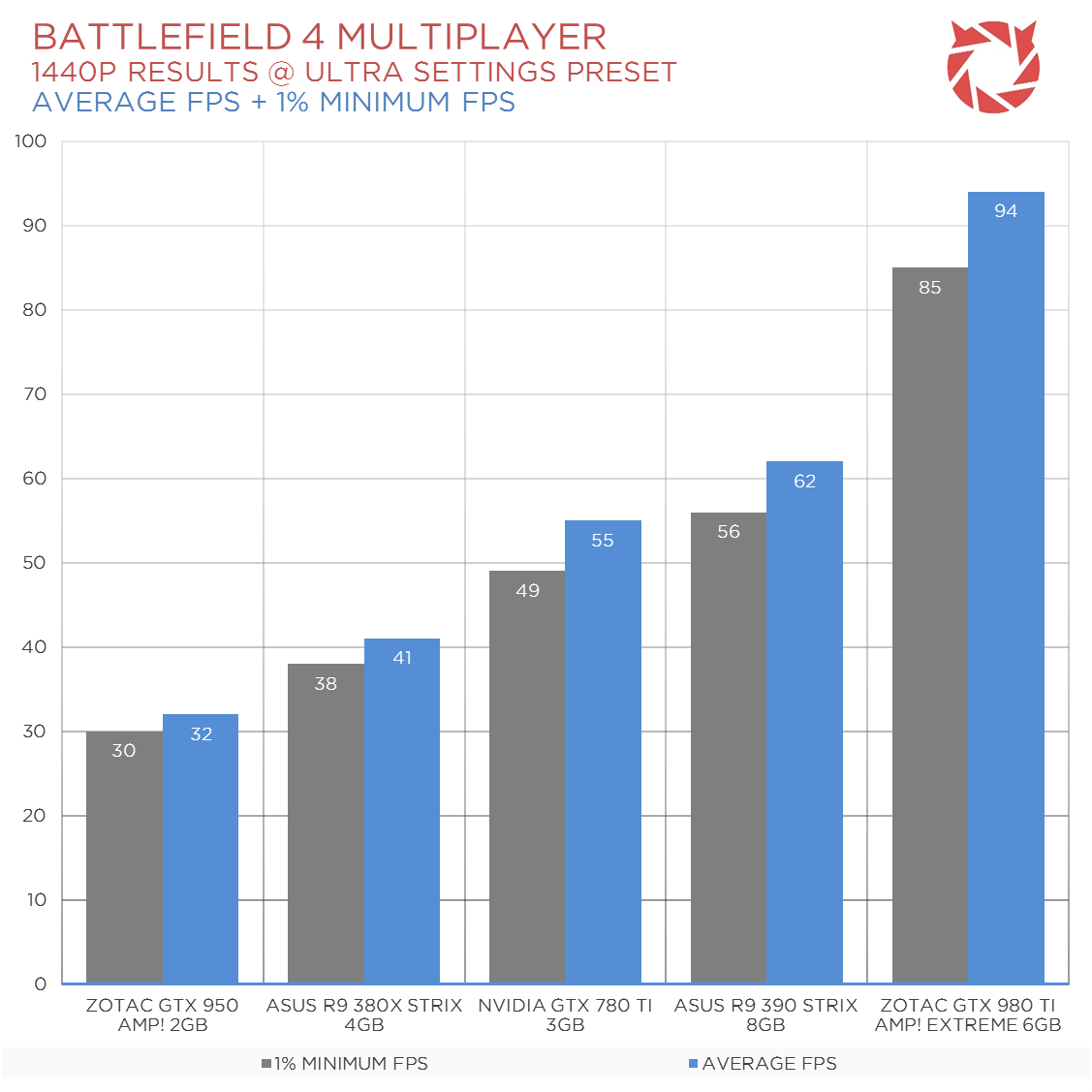
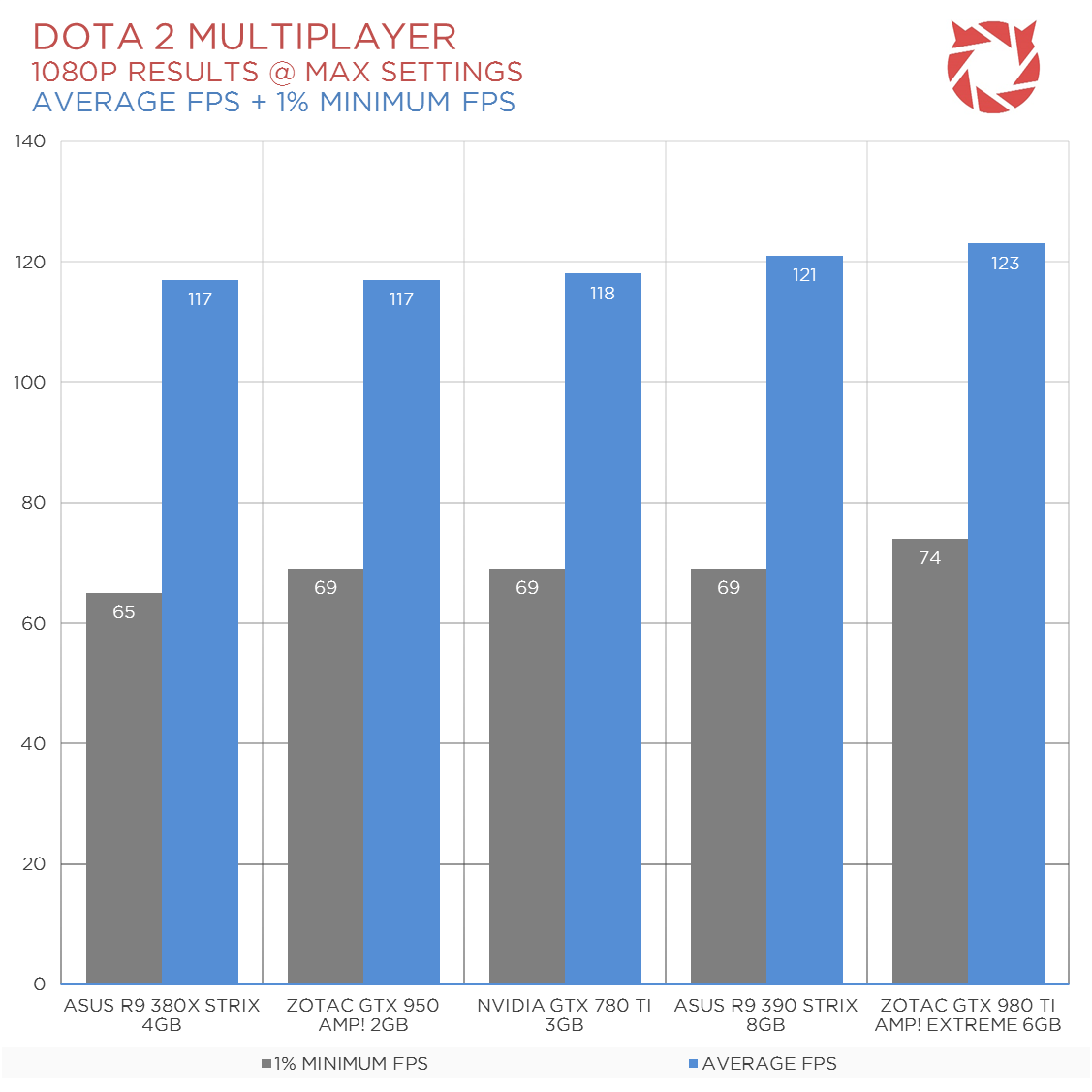
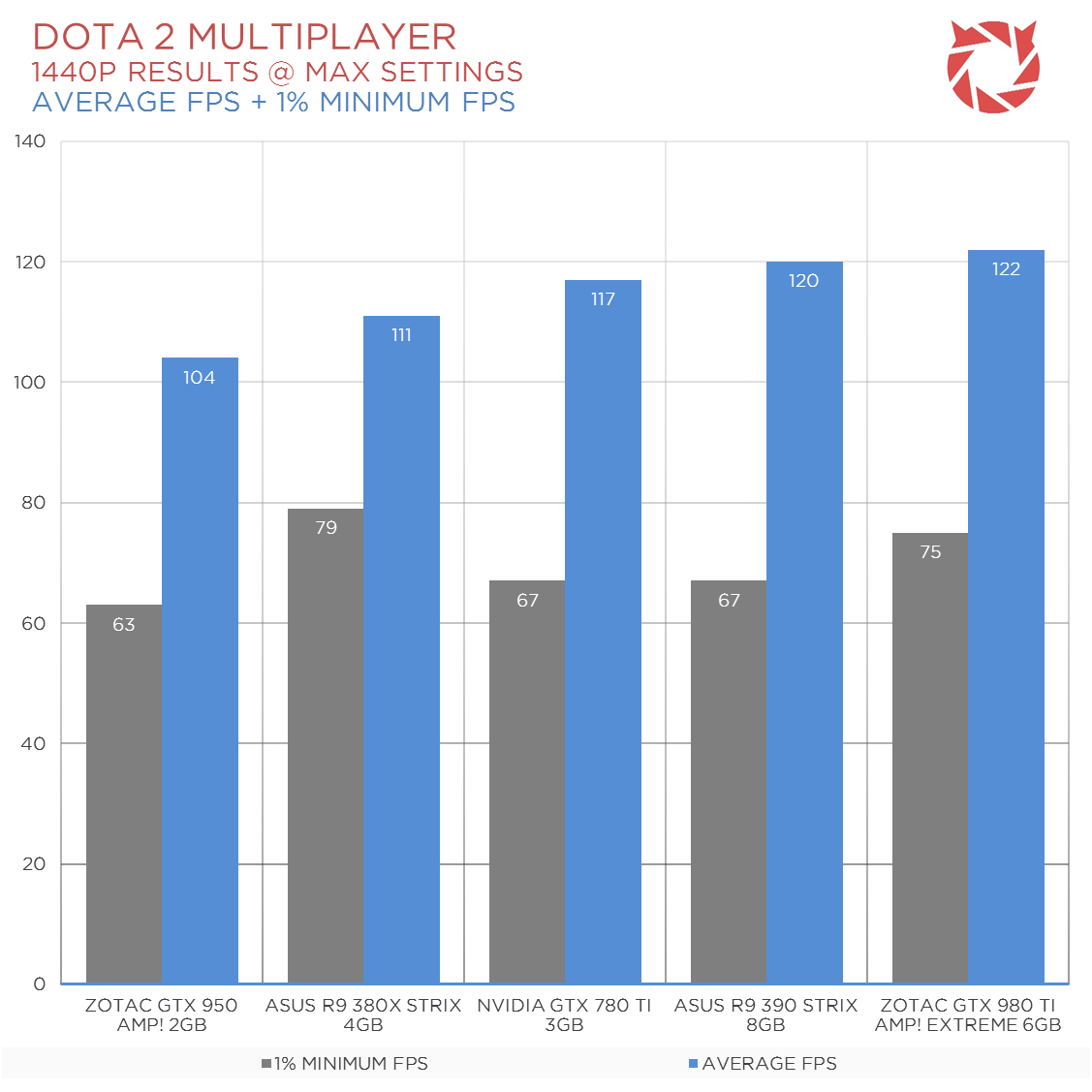
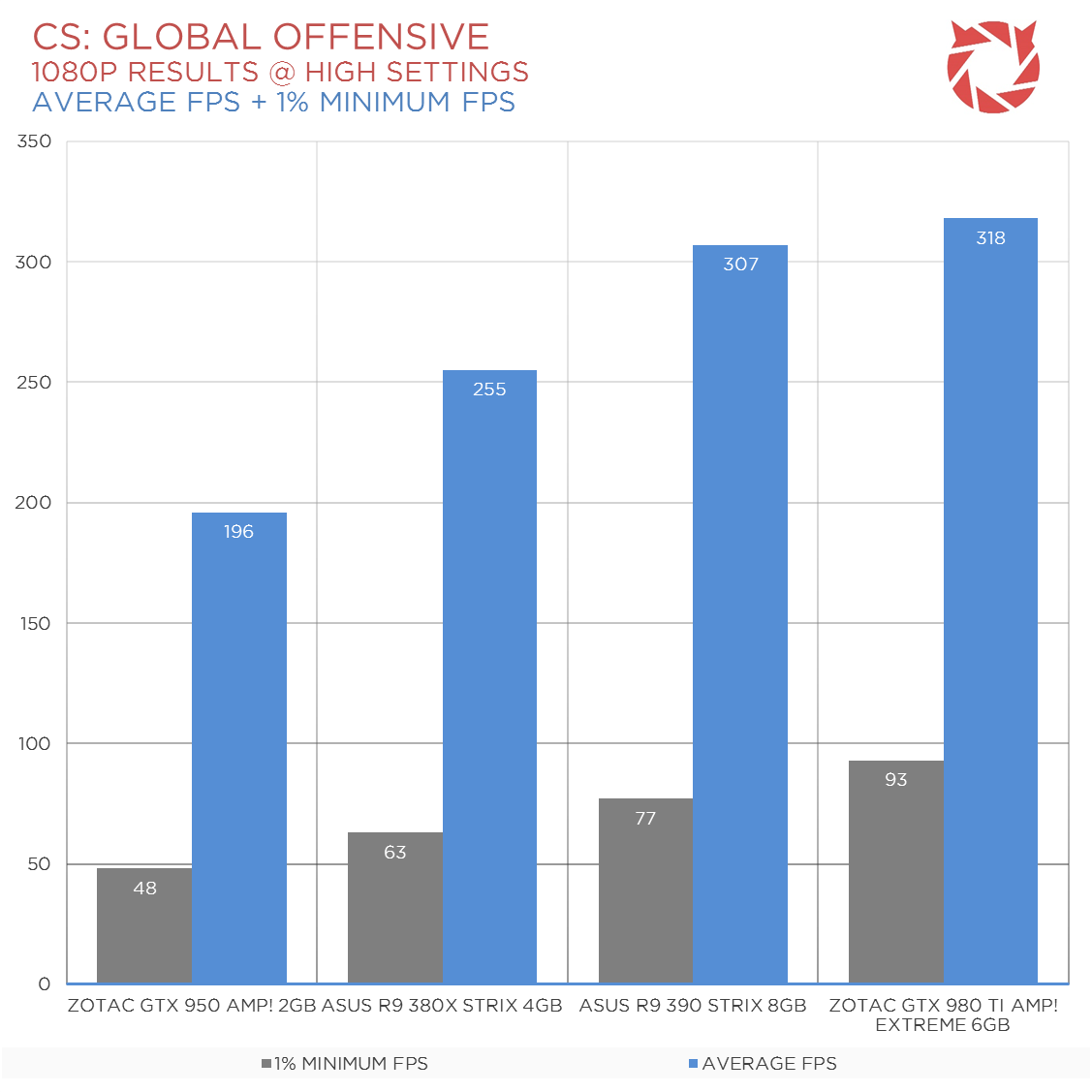
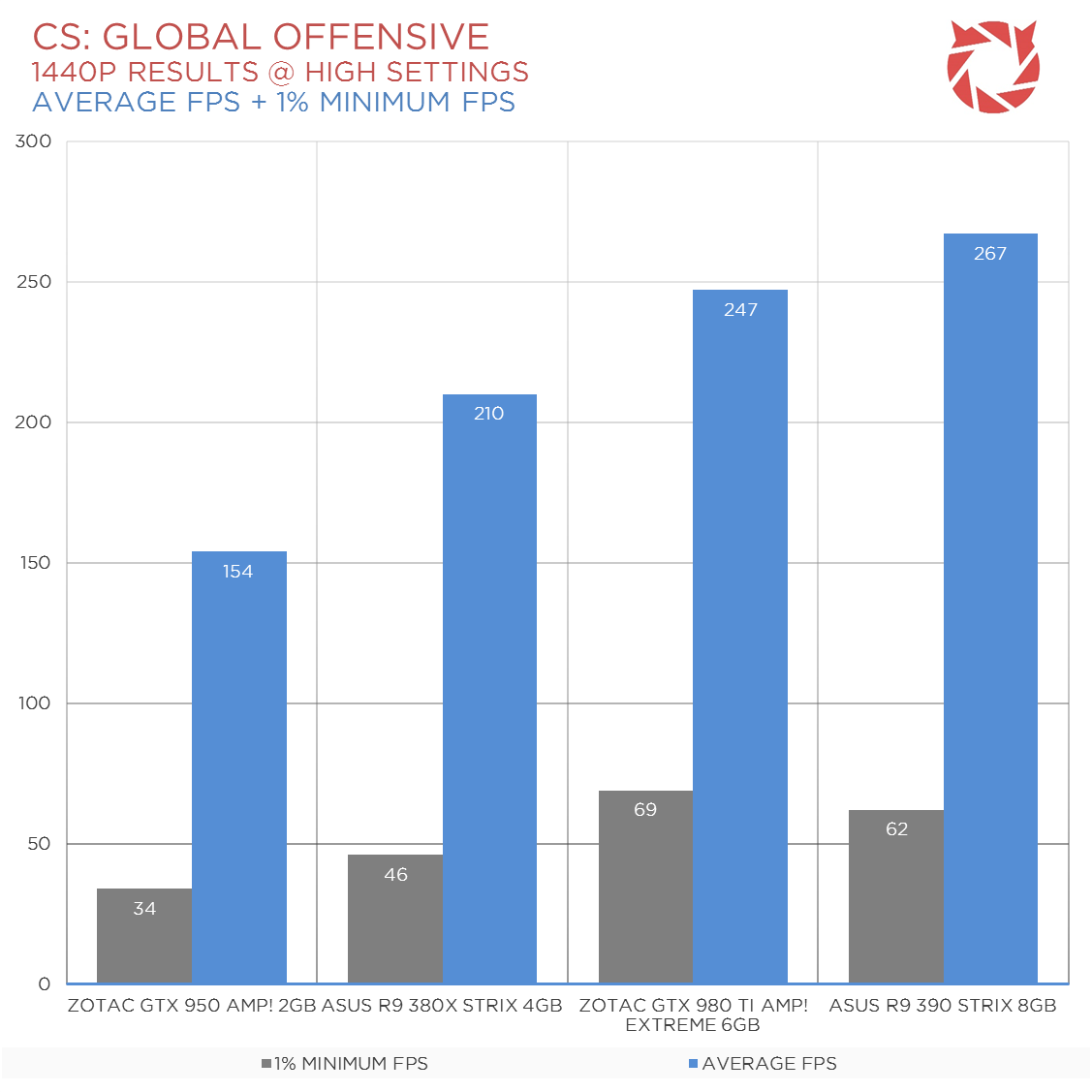
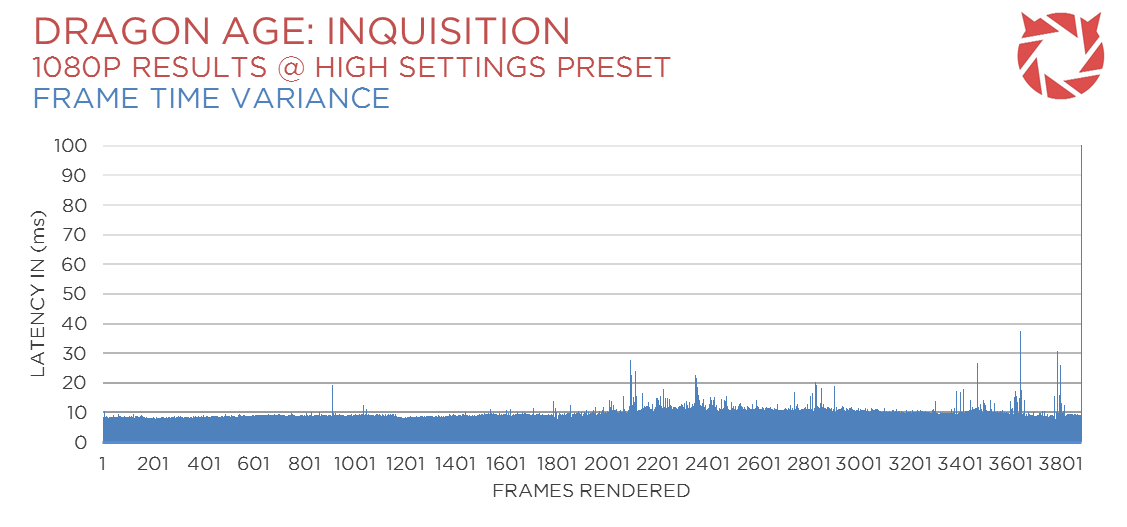
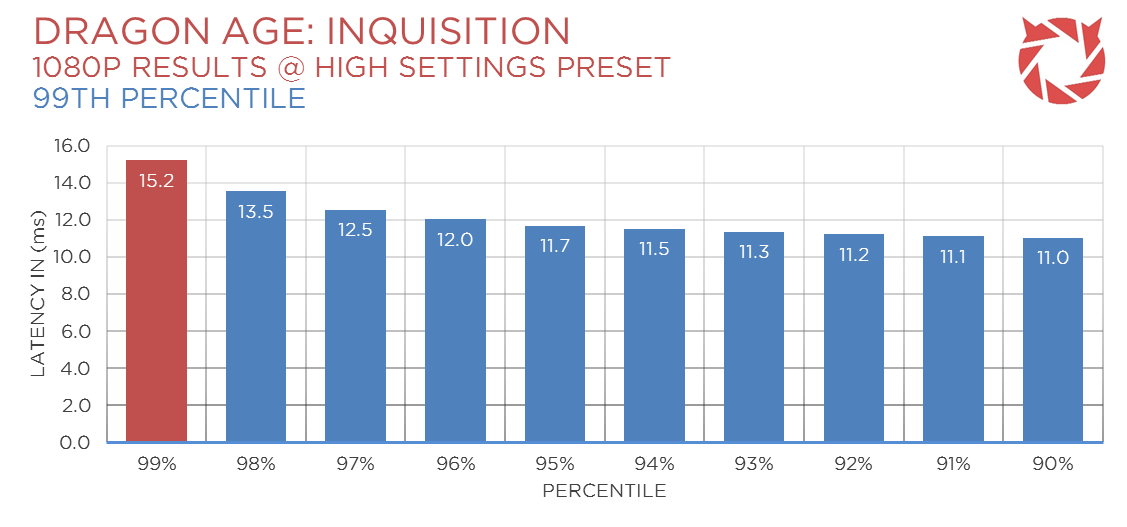
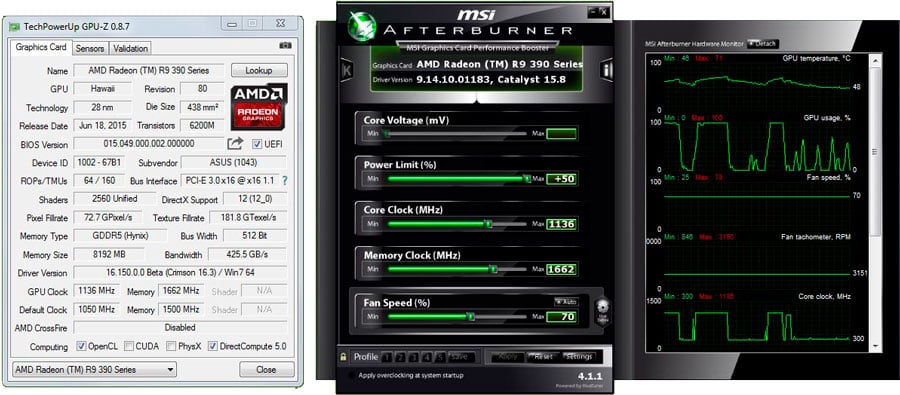
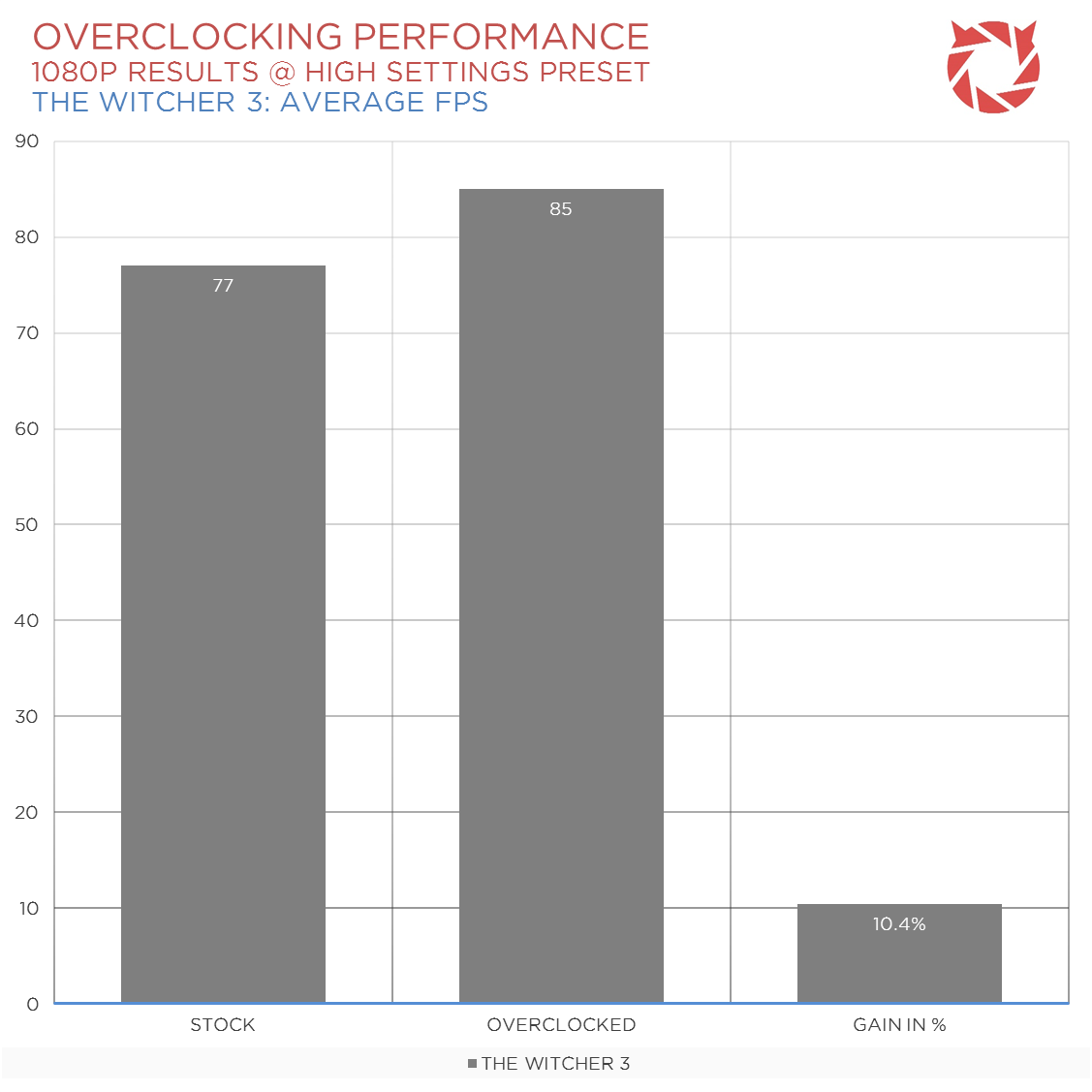
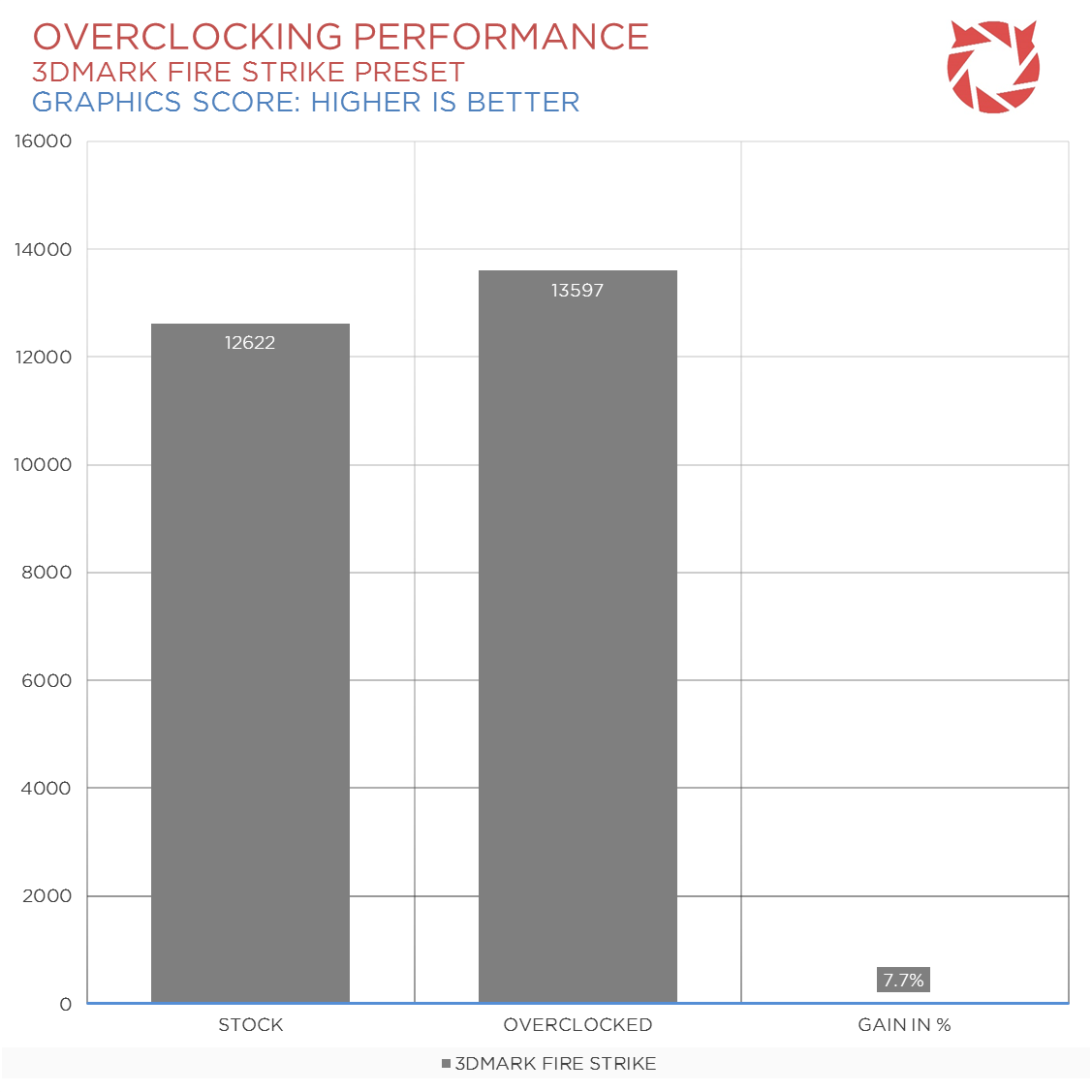
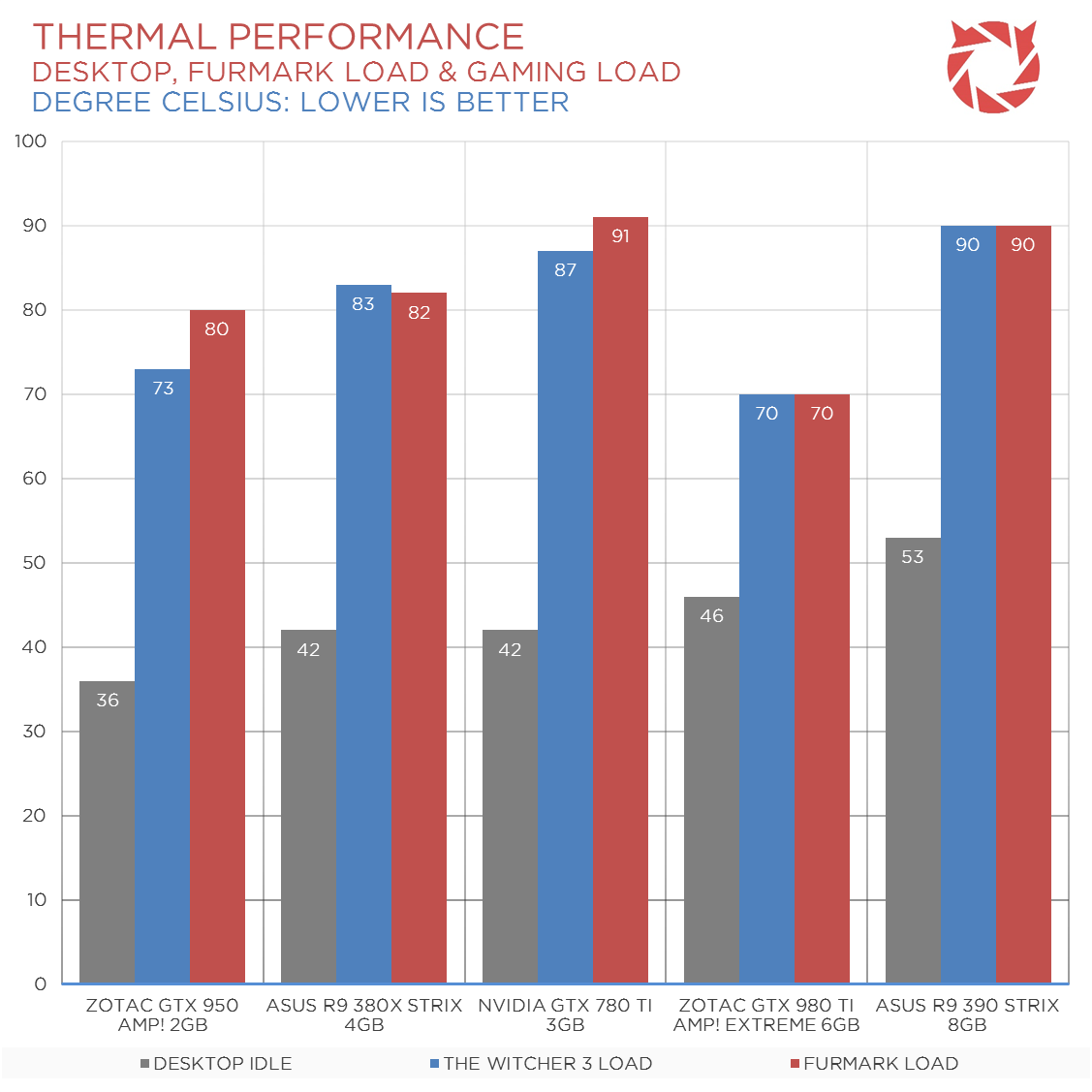
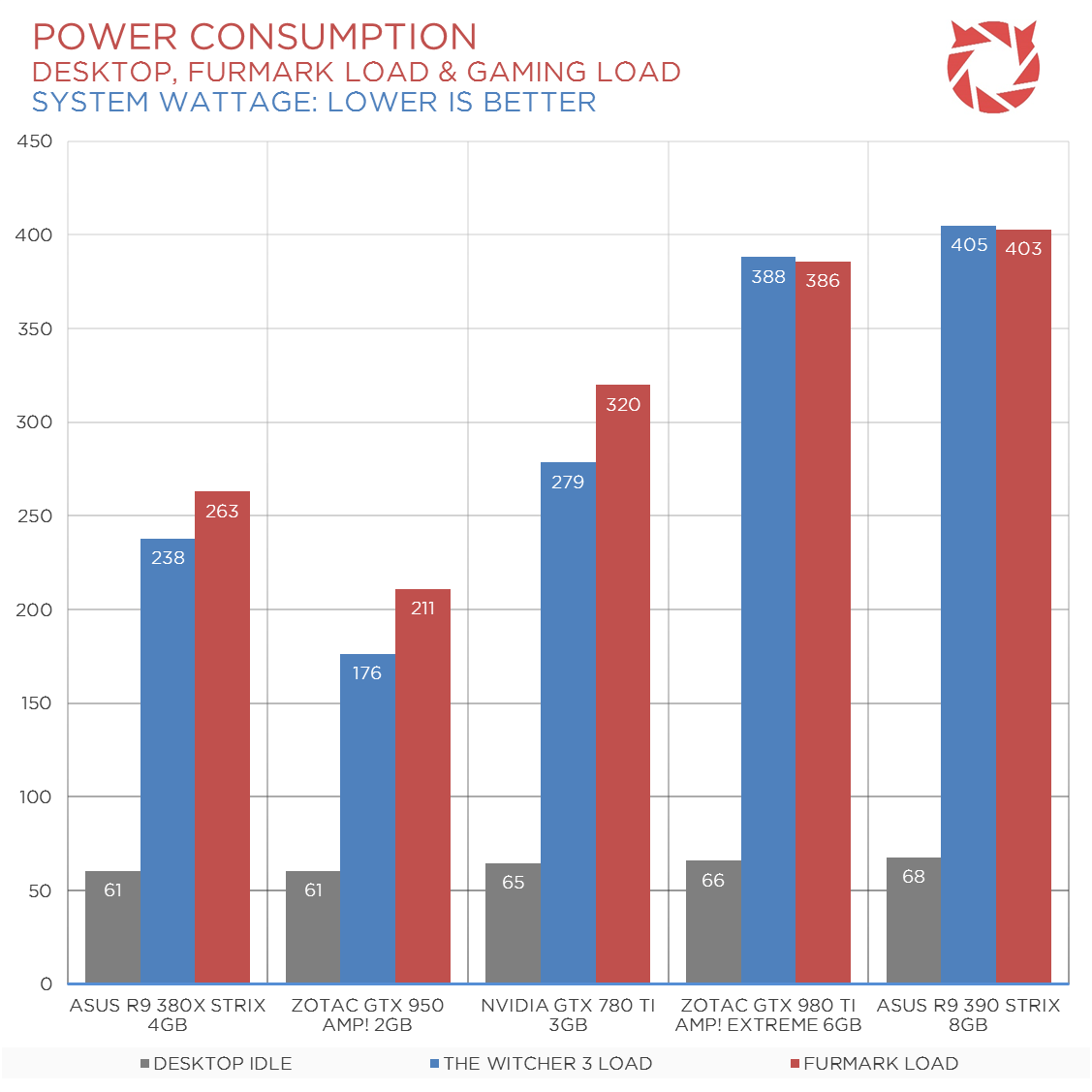
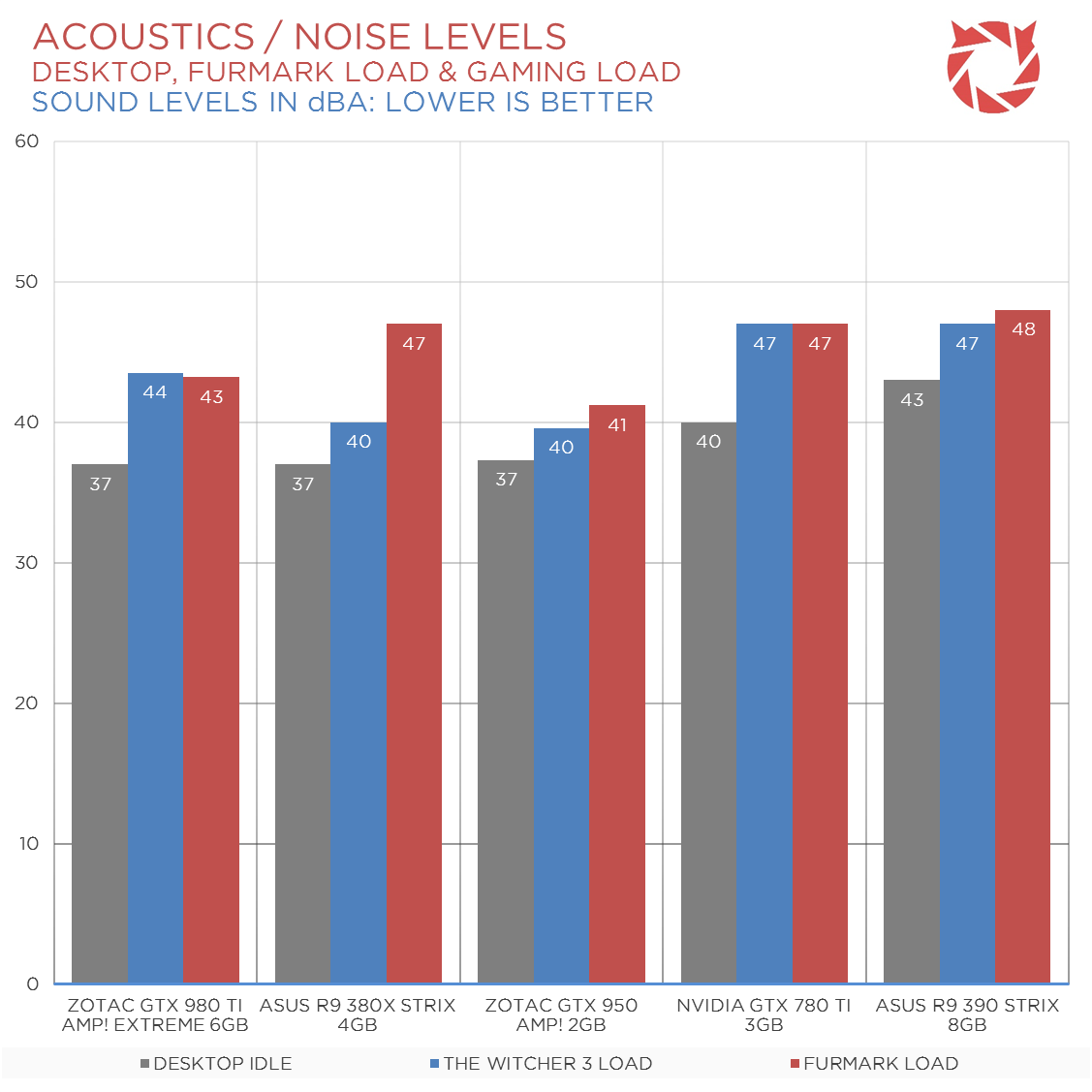
Great review! I’m considering between getting this and the MSI r9 390, as they’re priced about the same locally.
Get the ASUS model if the case permits it. Otherwise, get the MSI version.